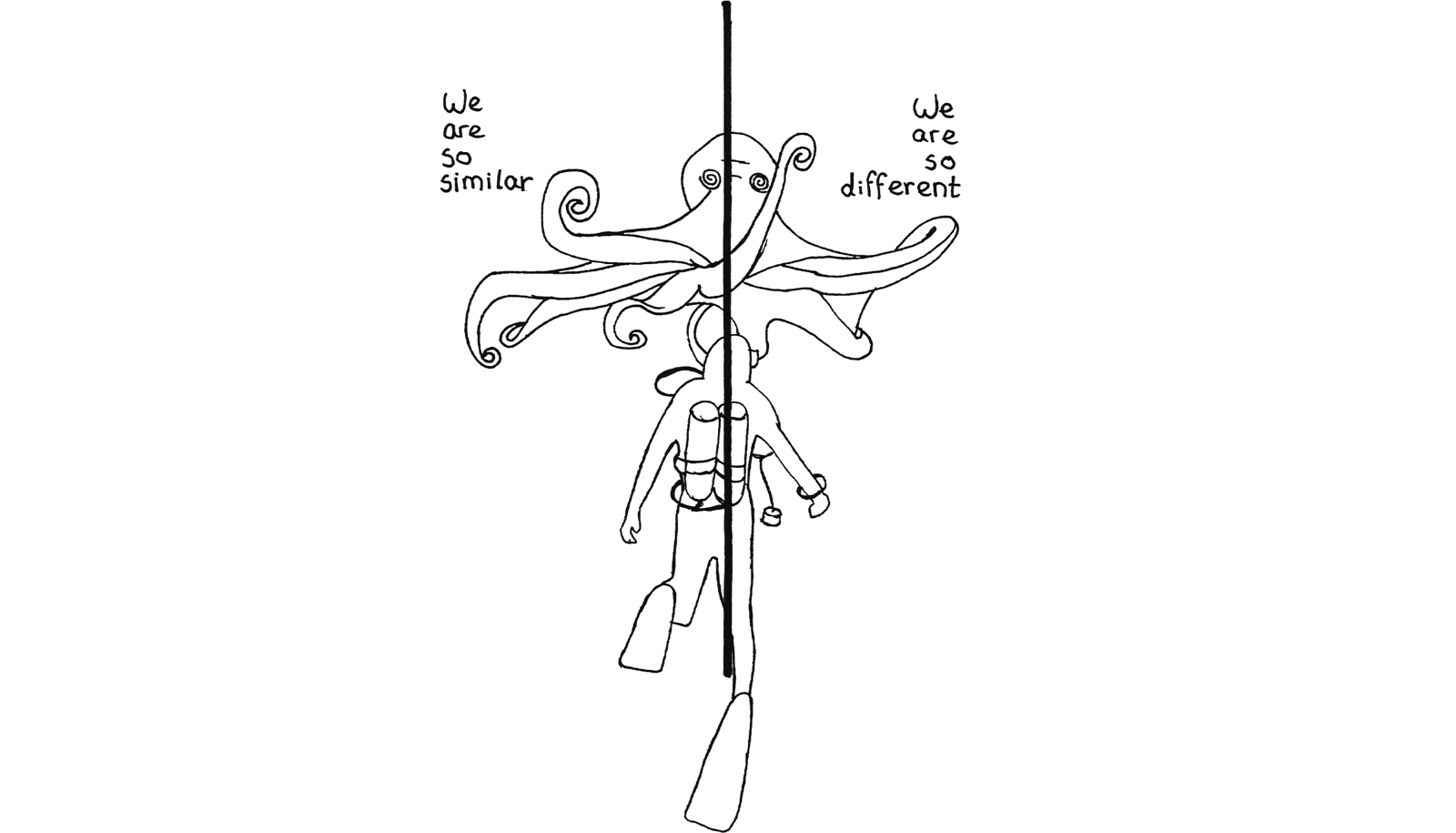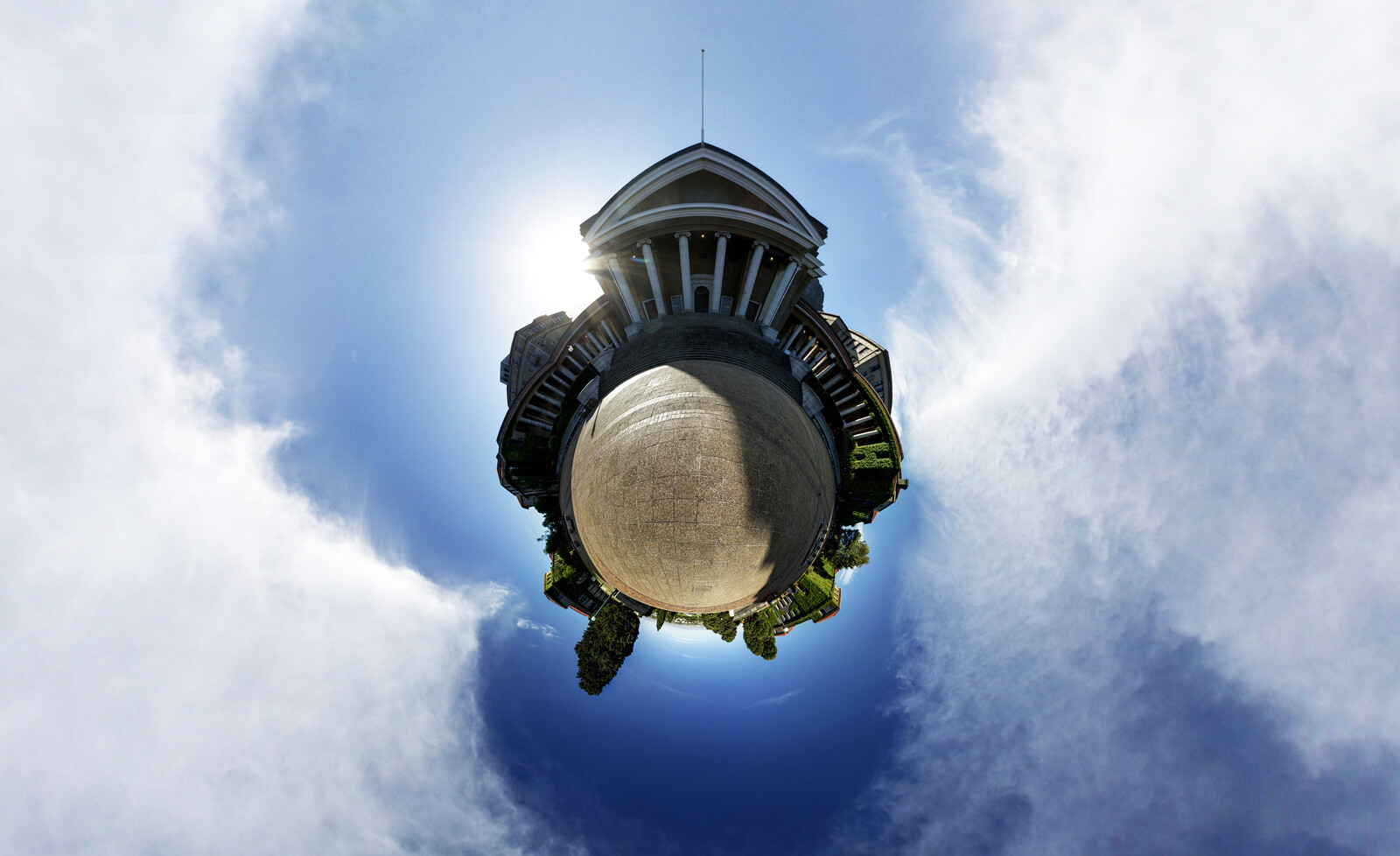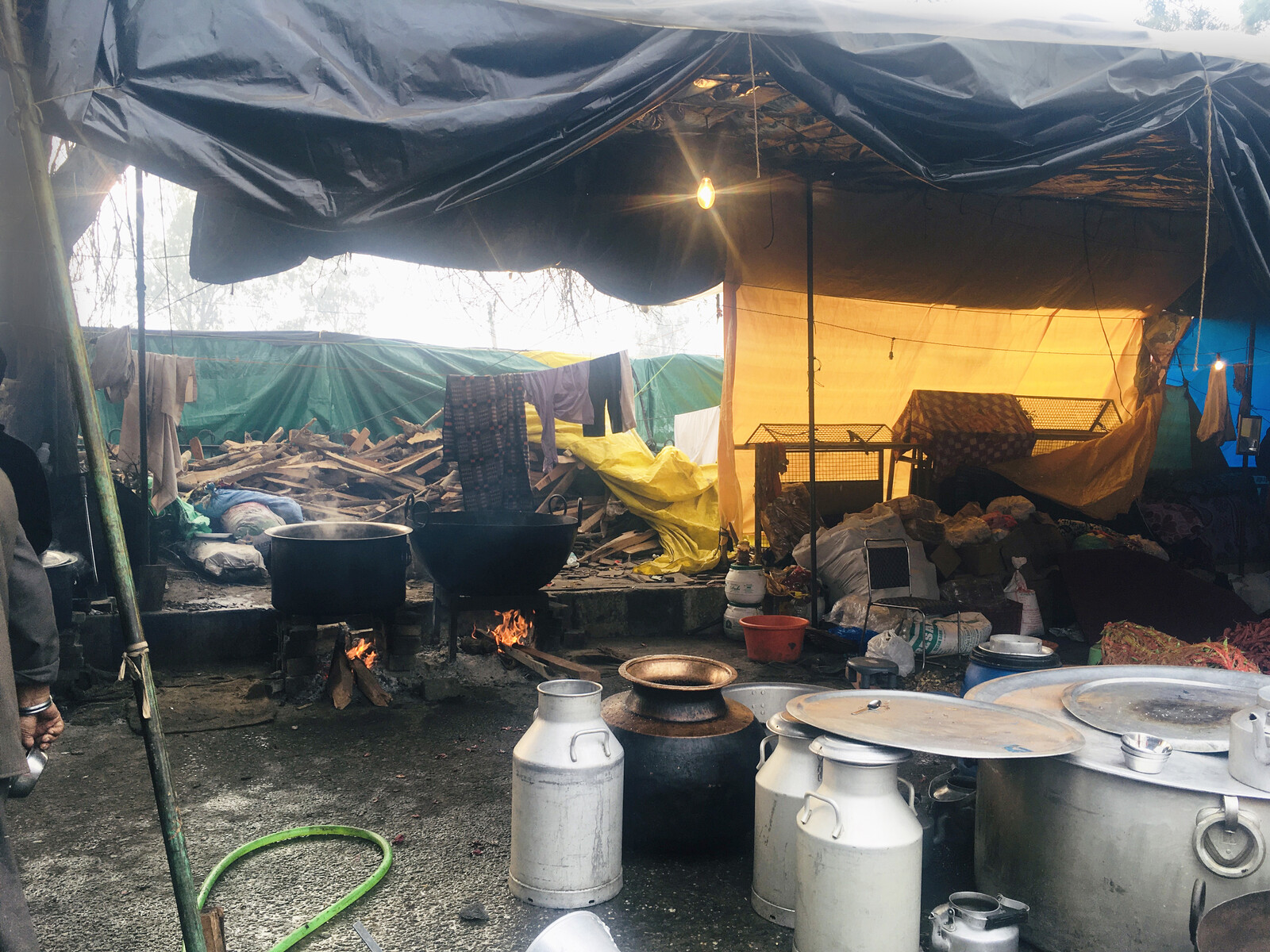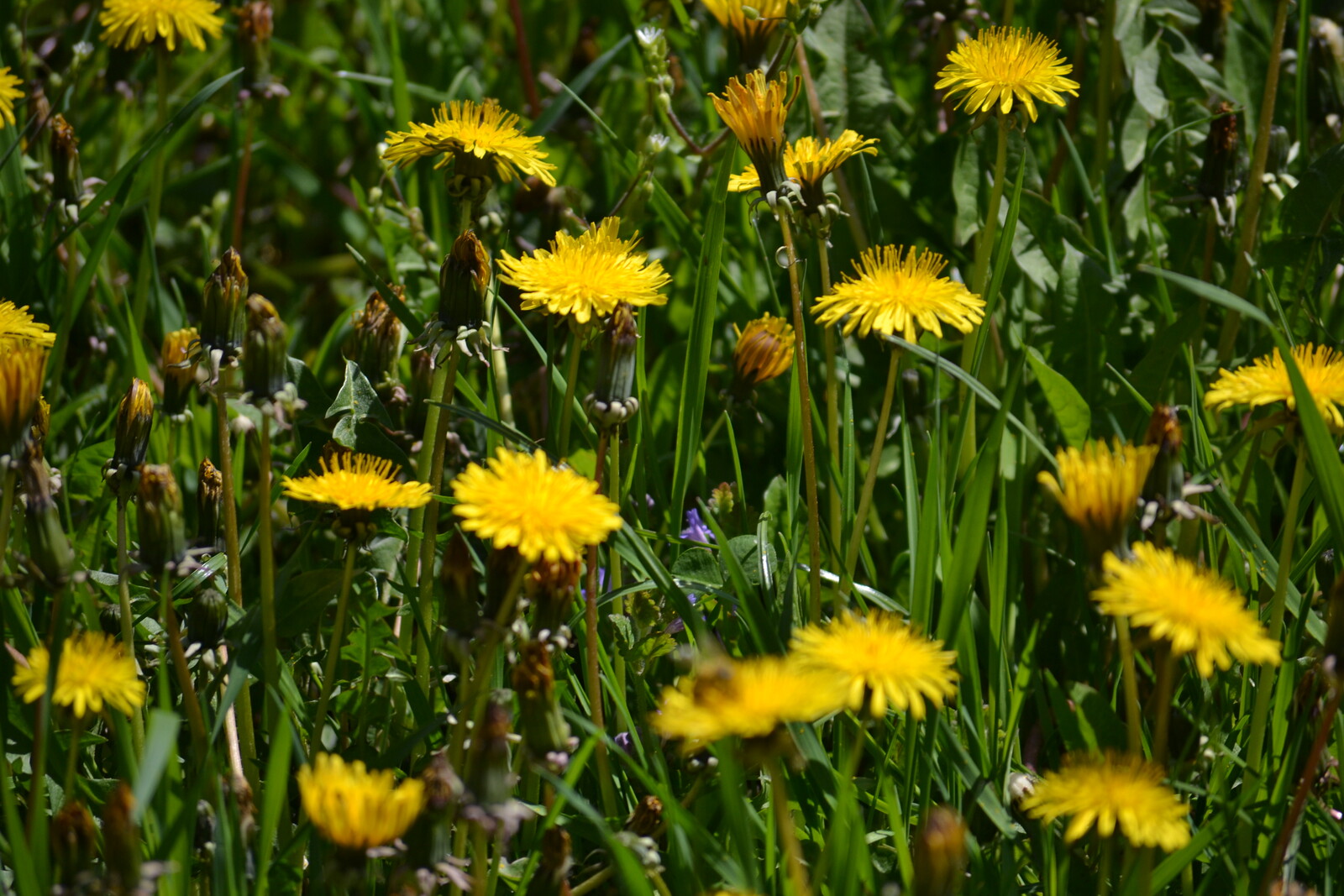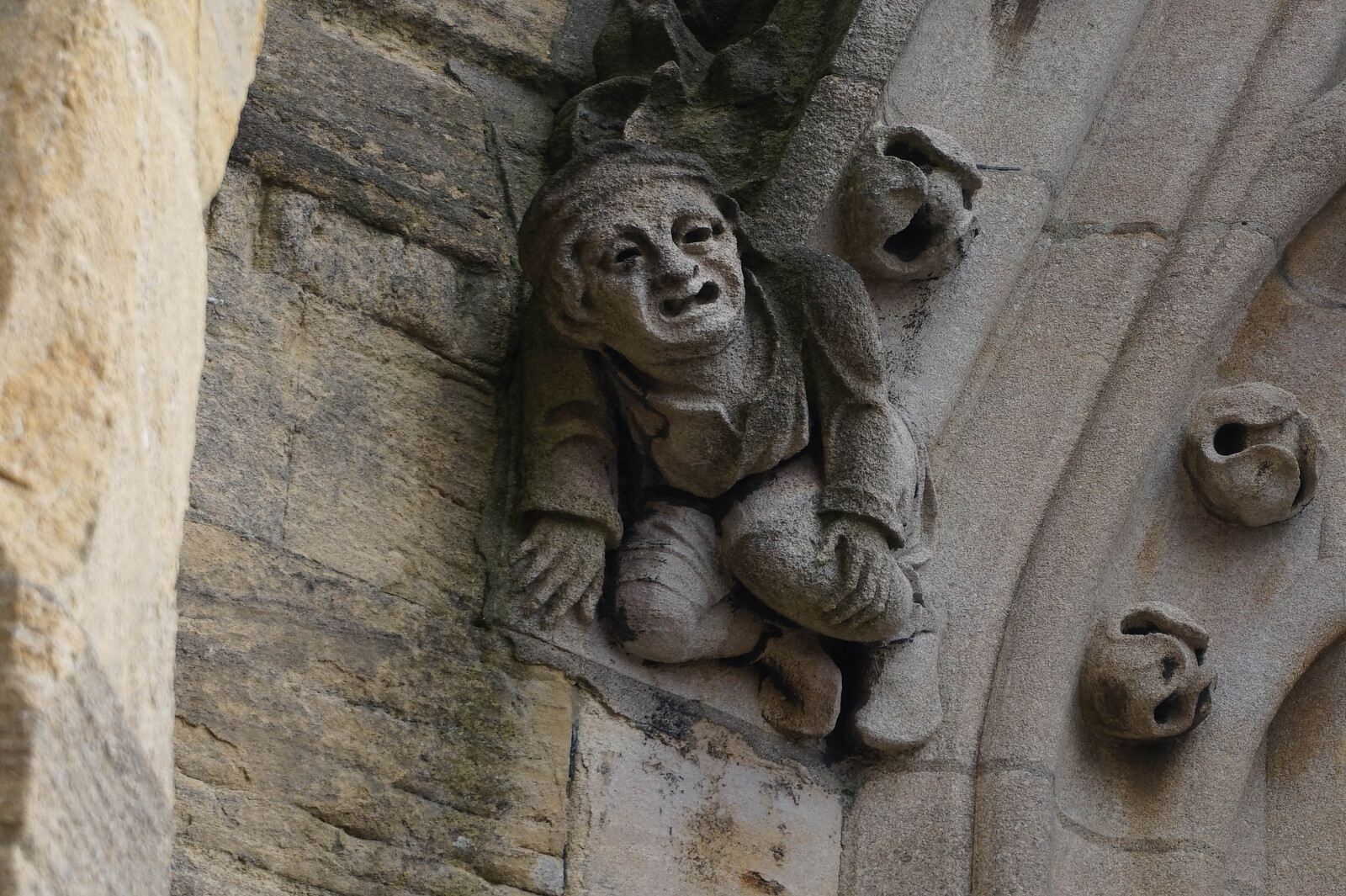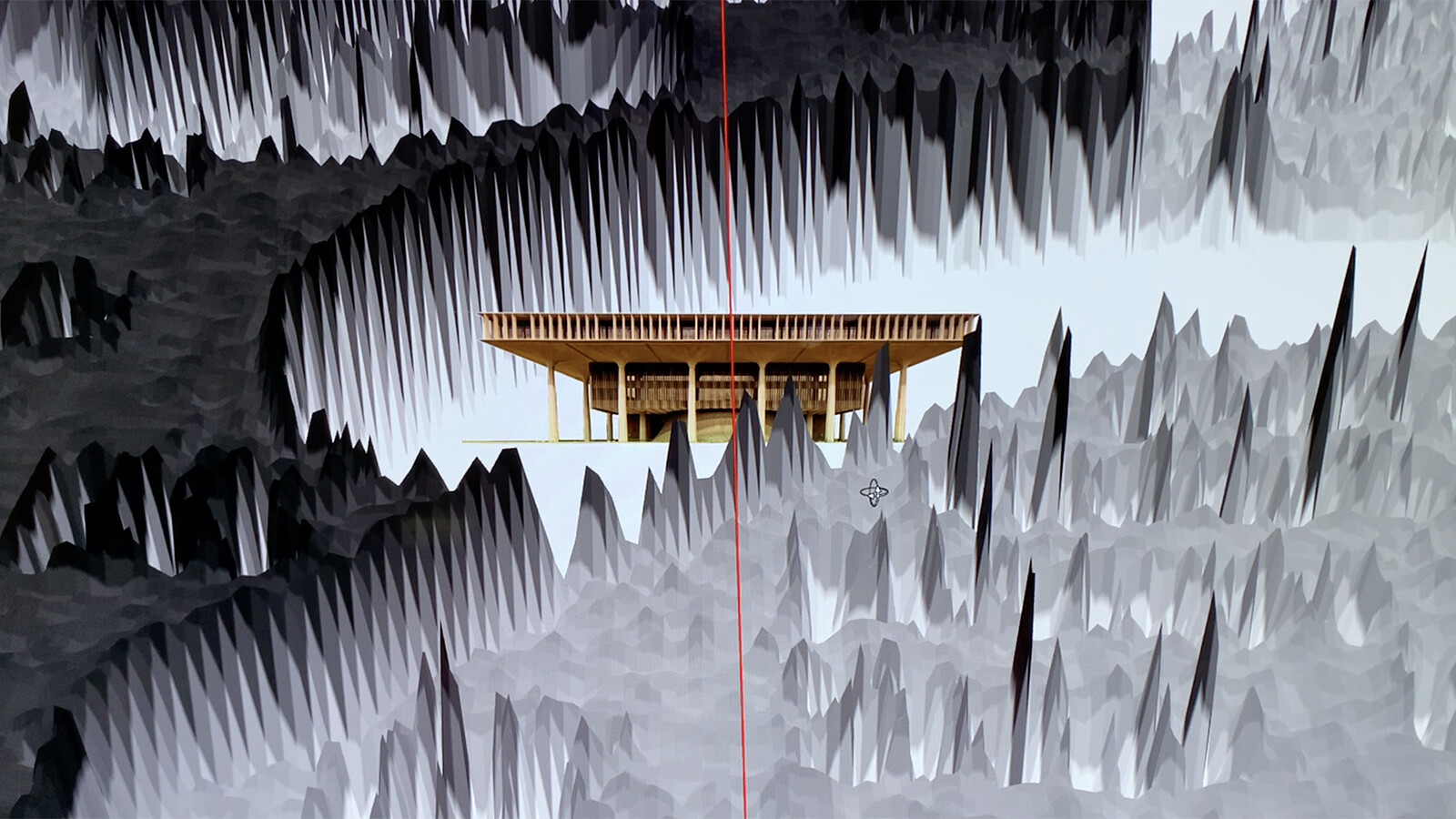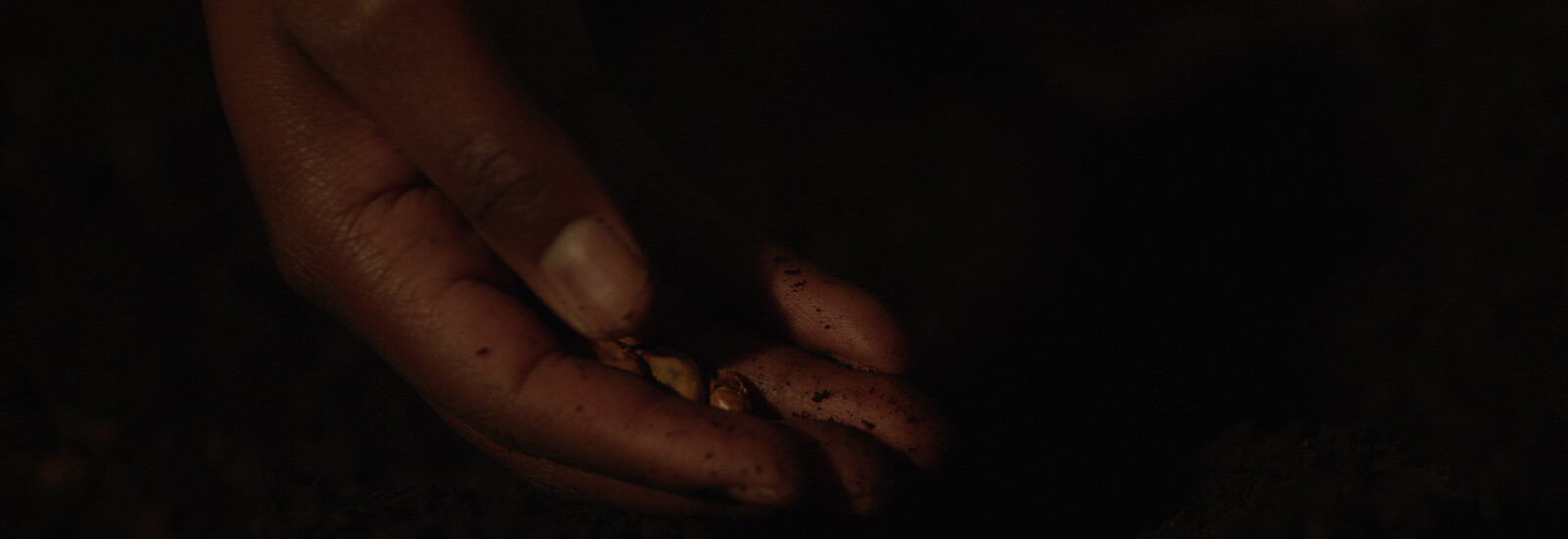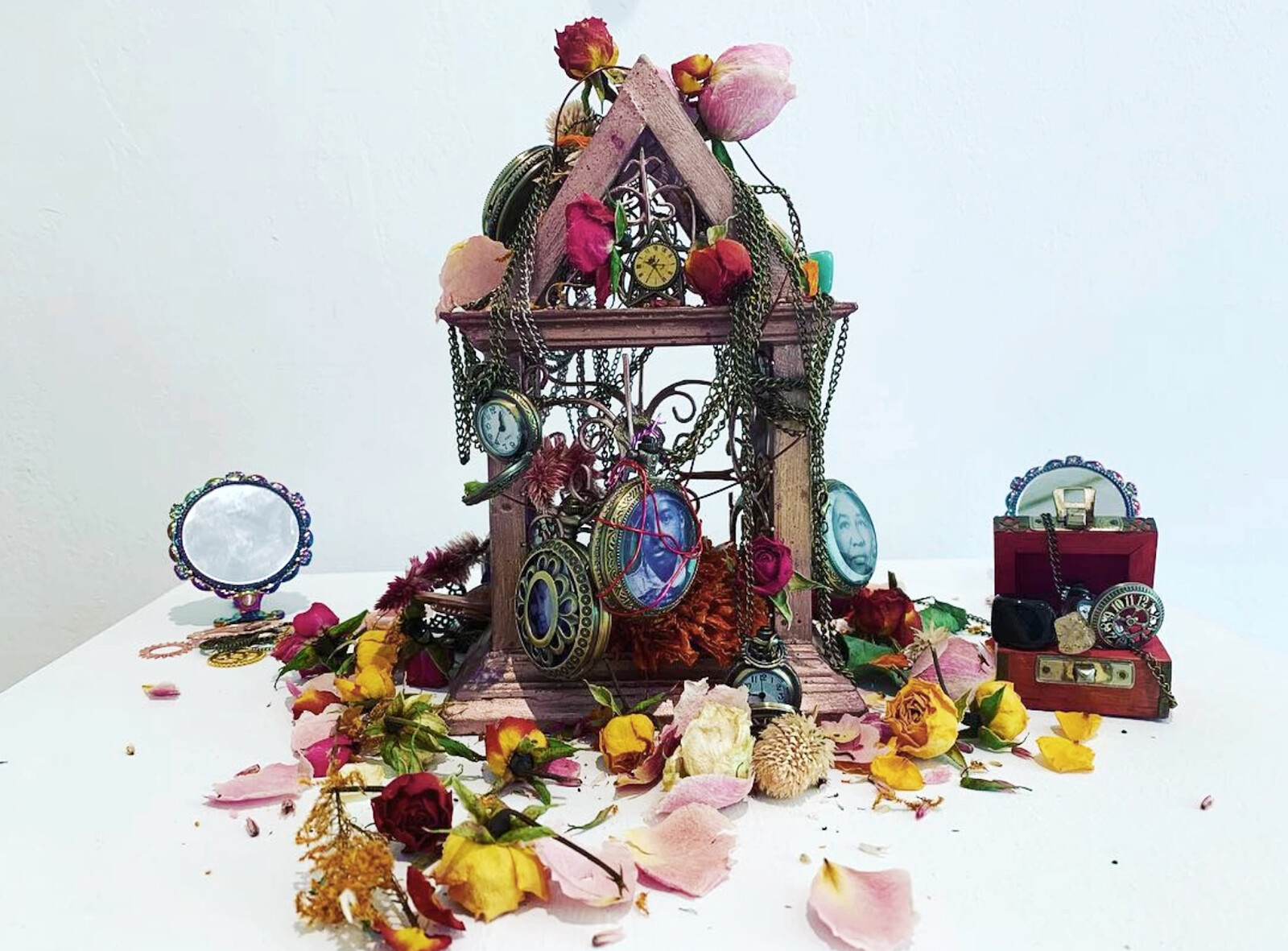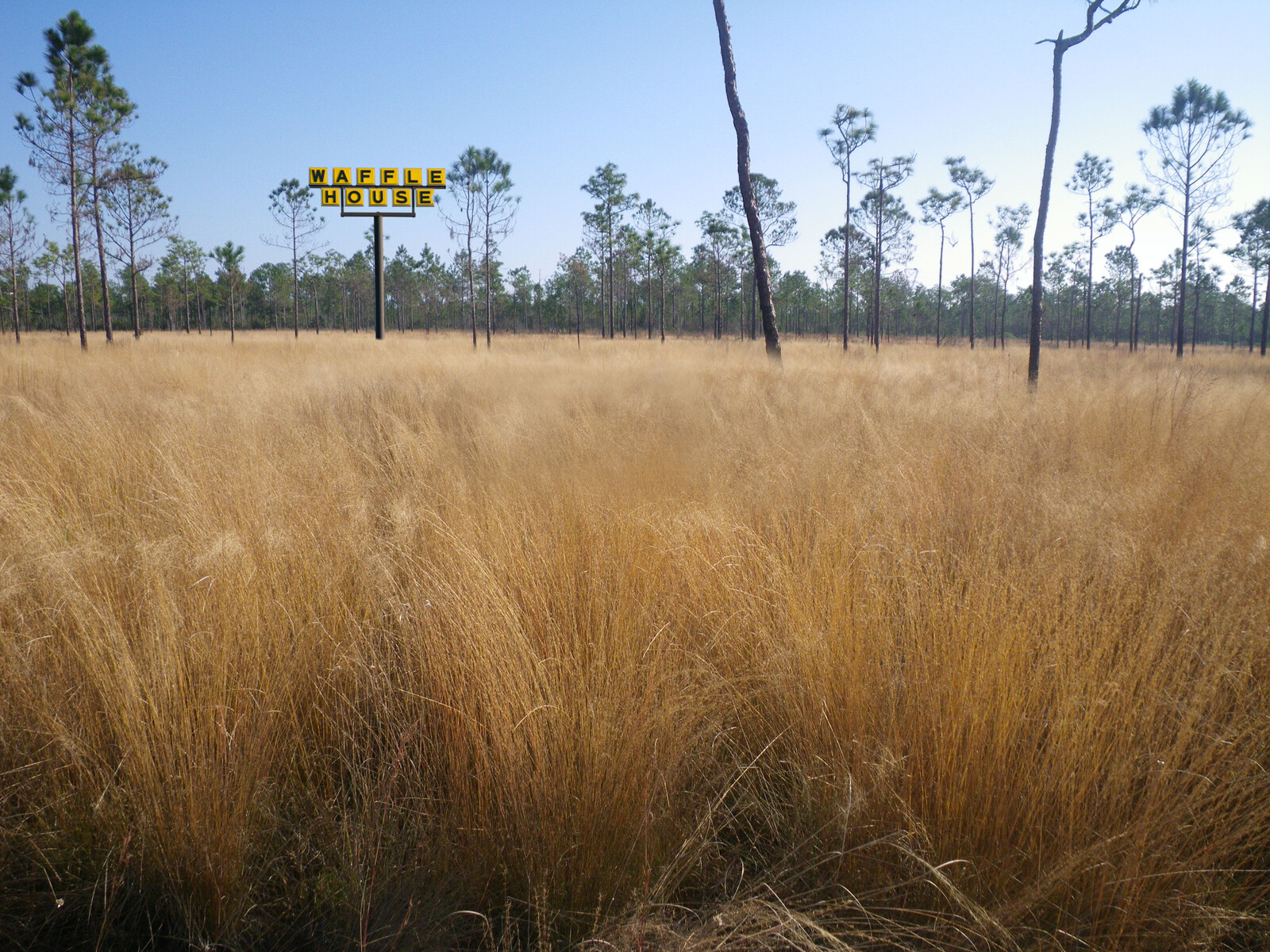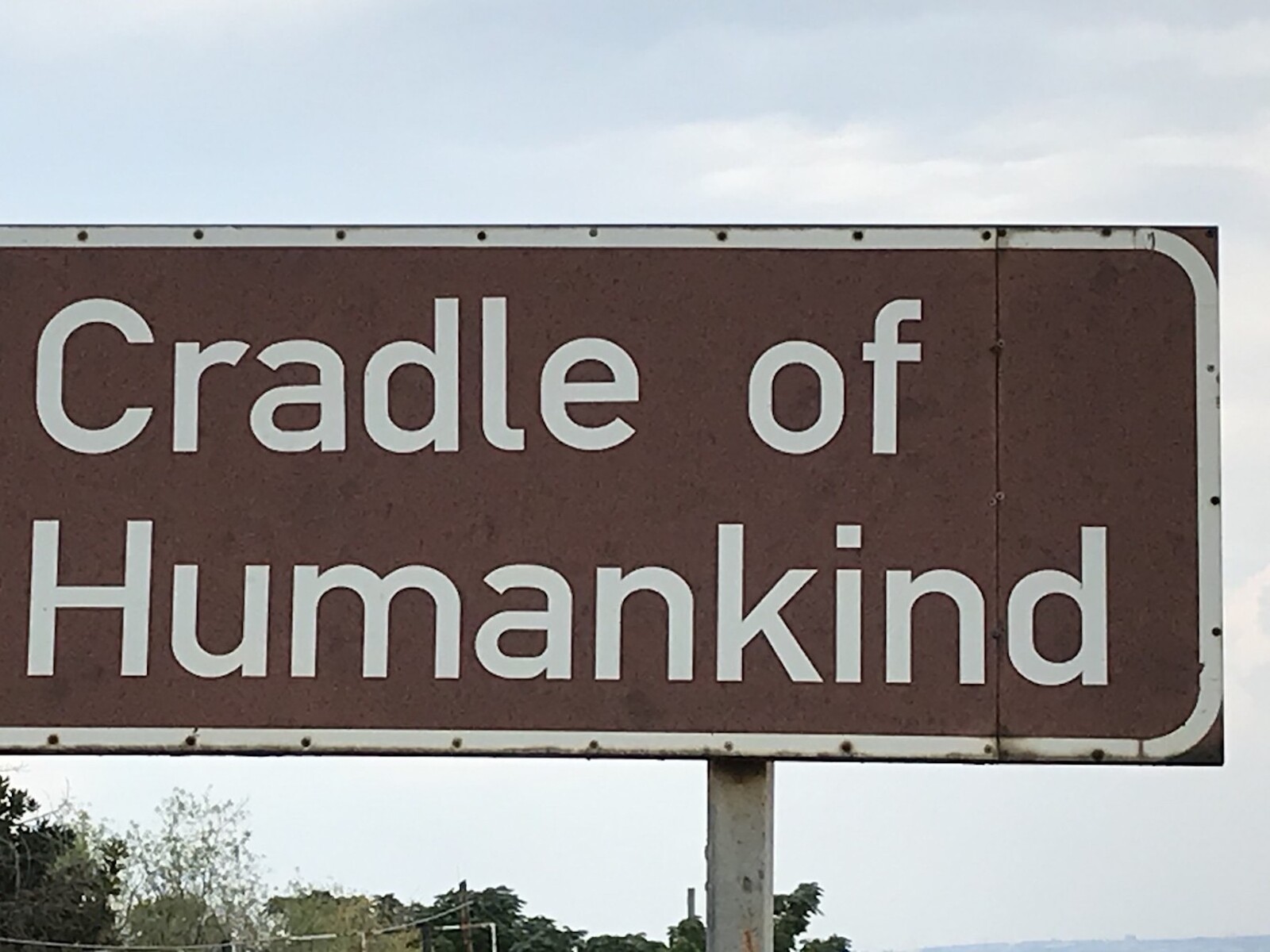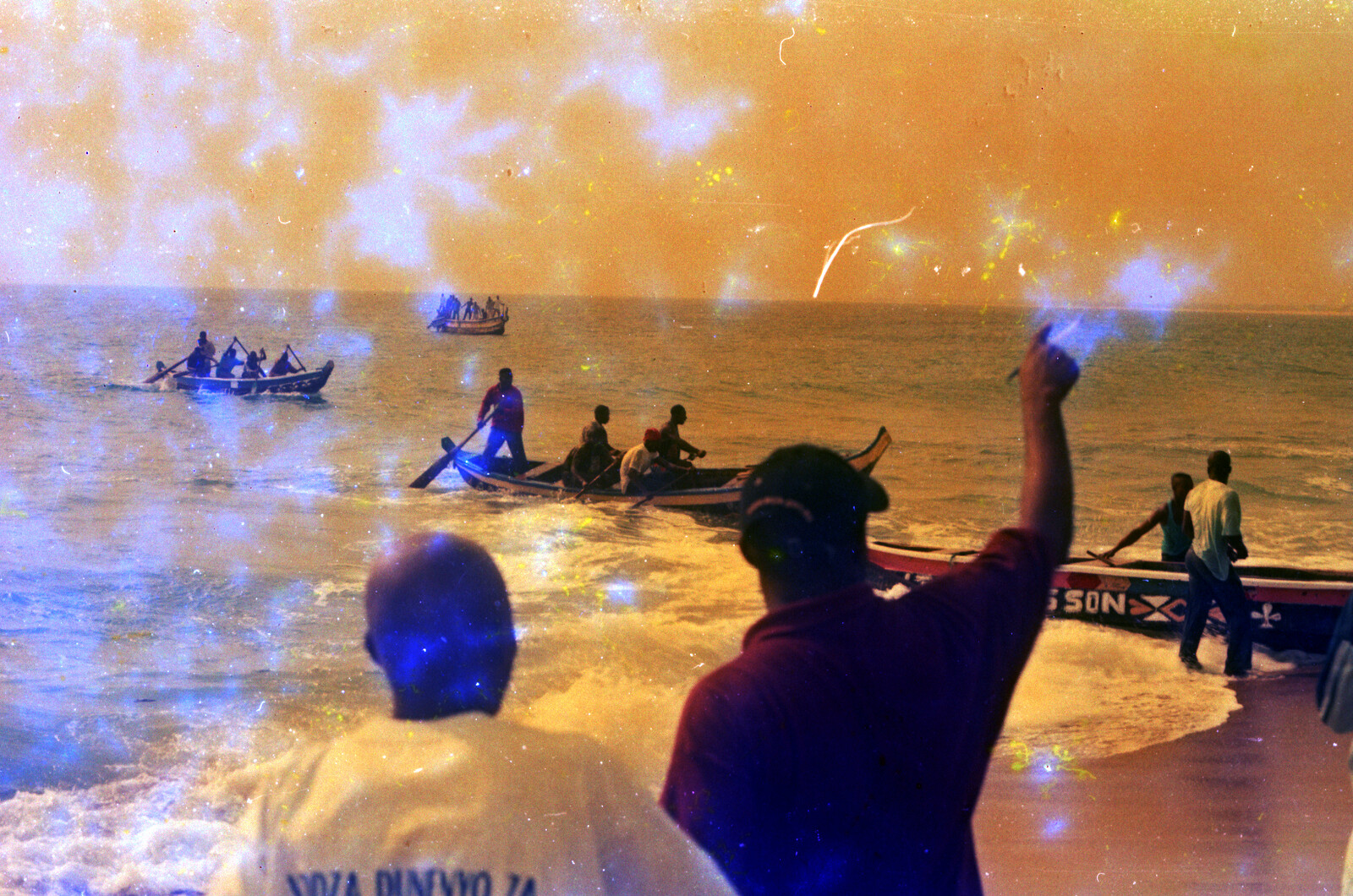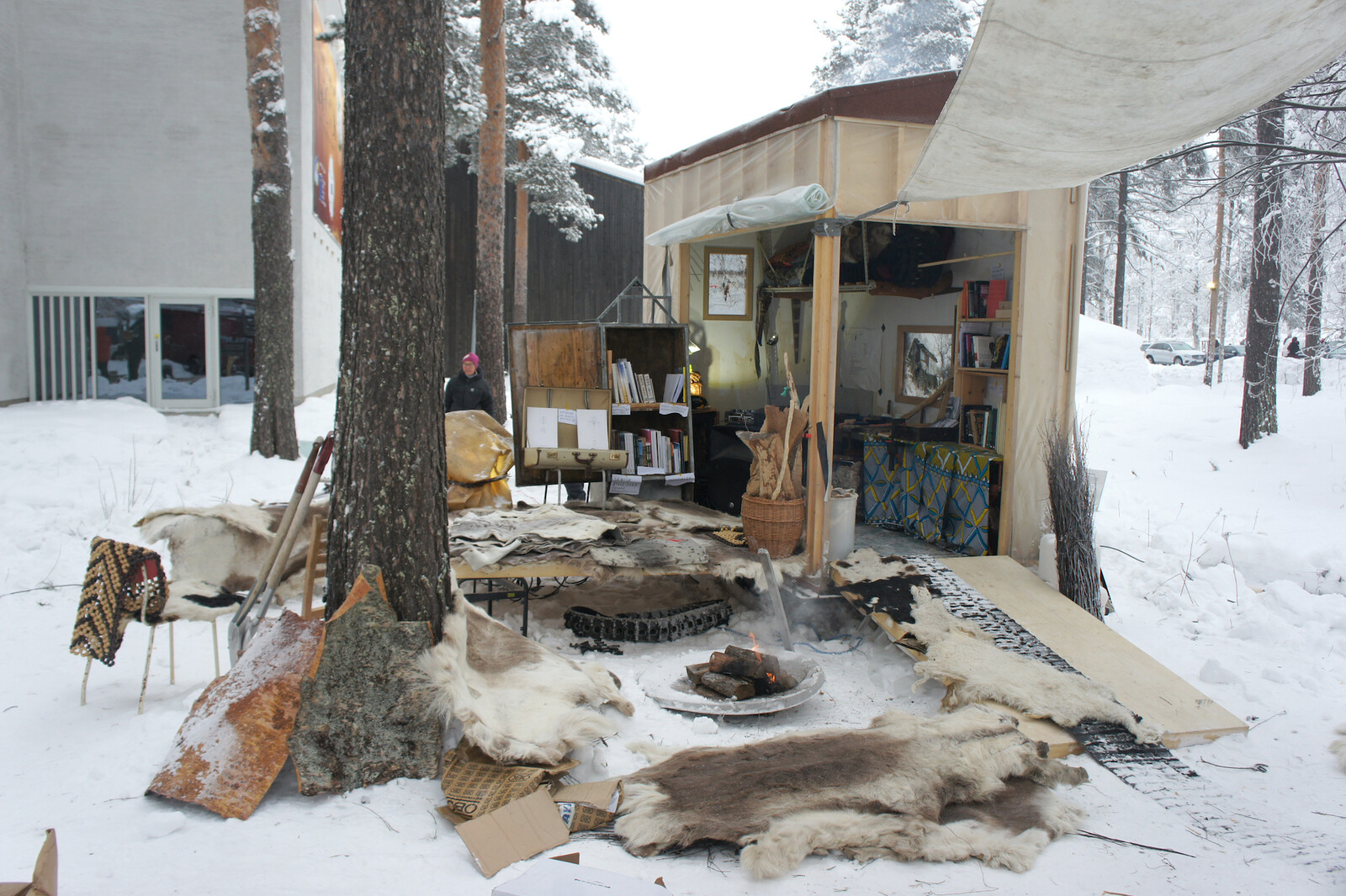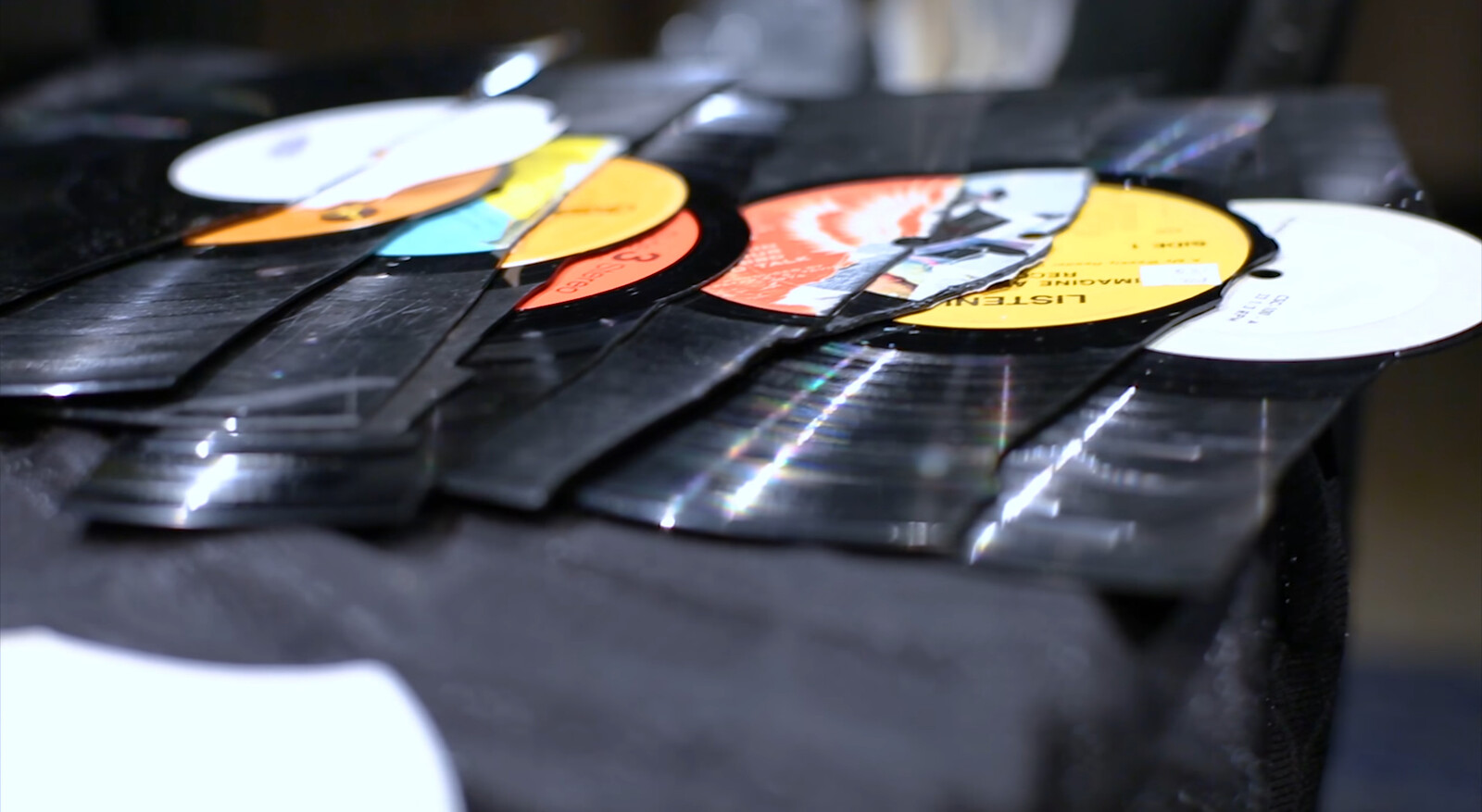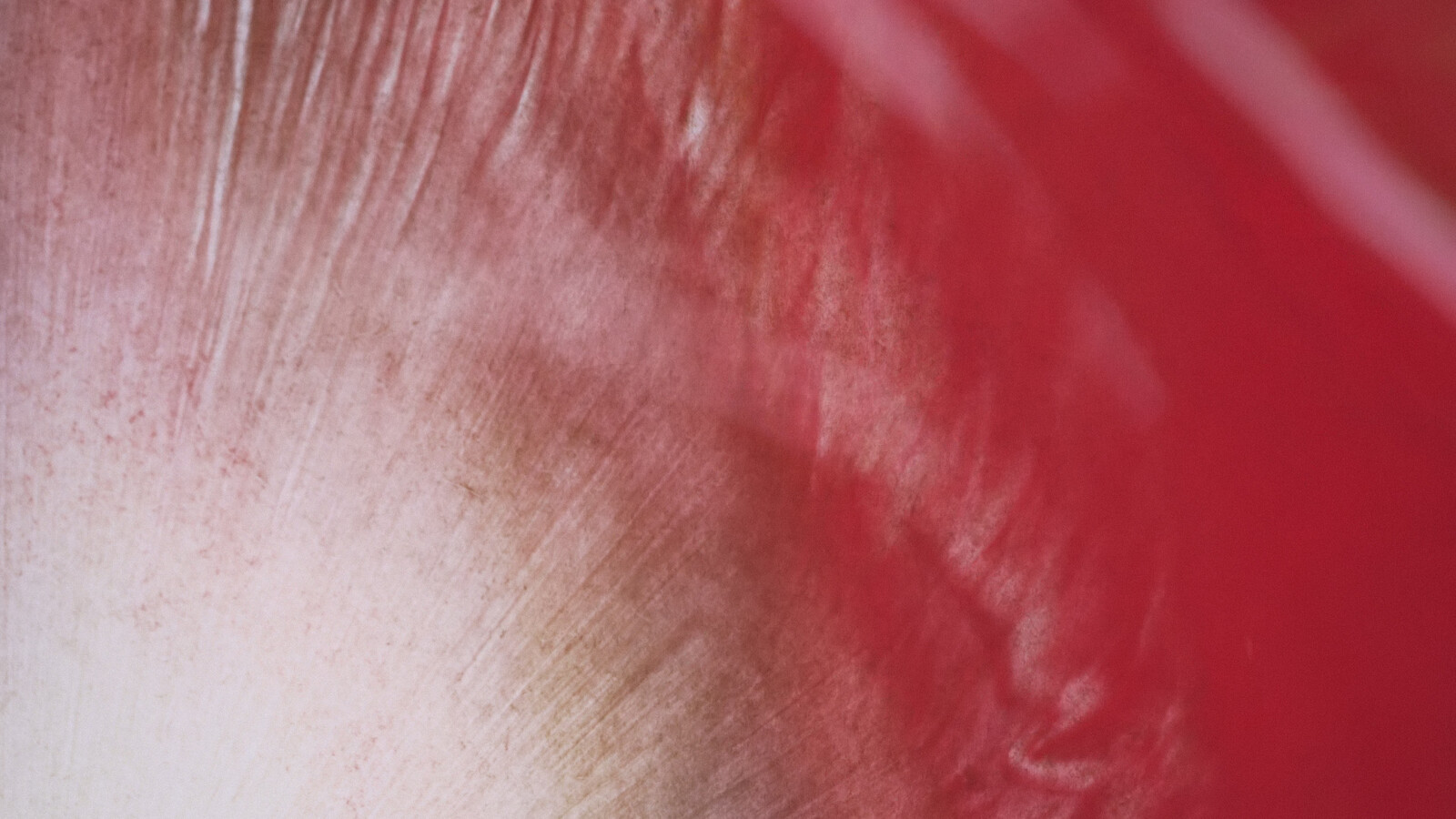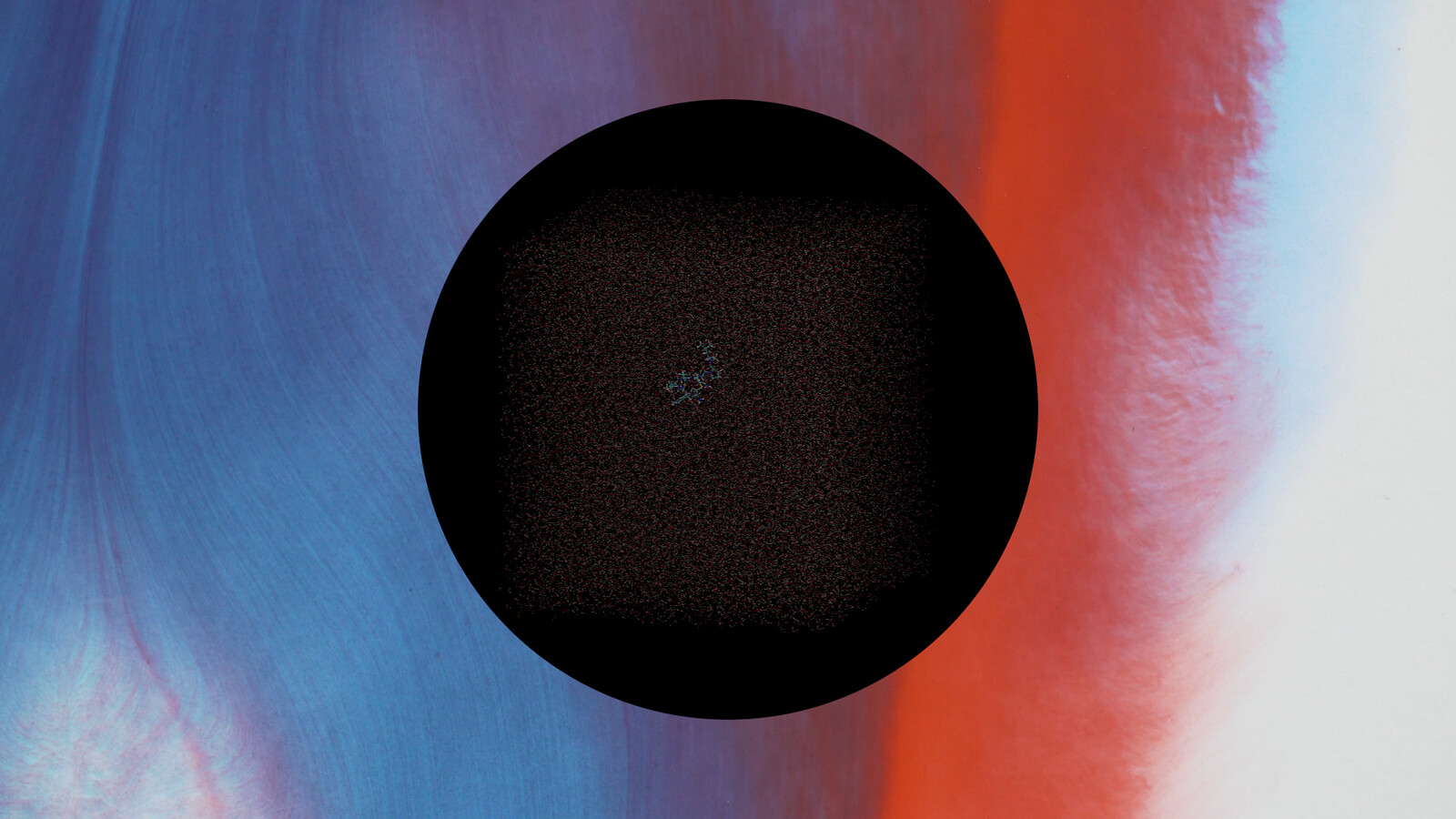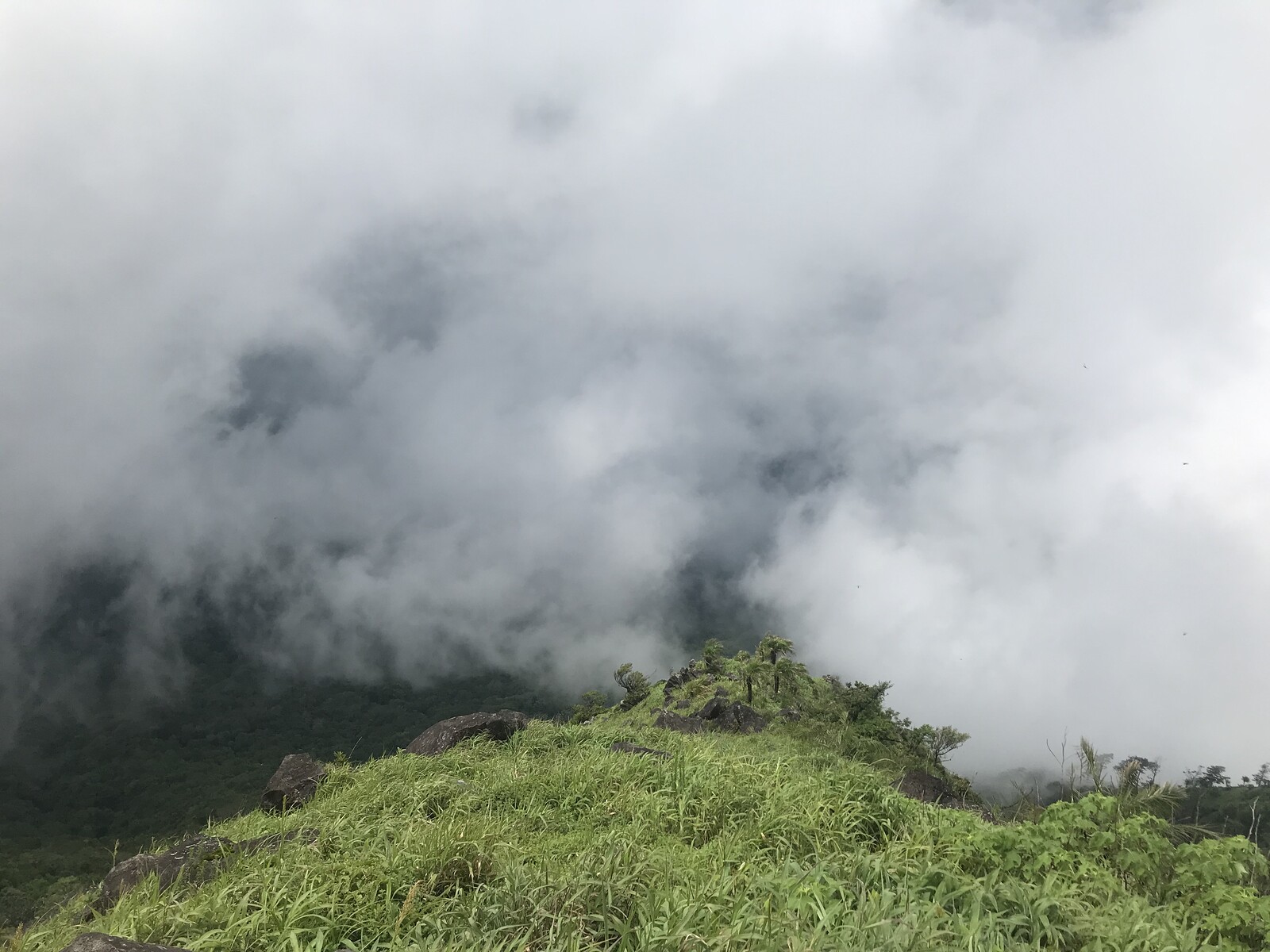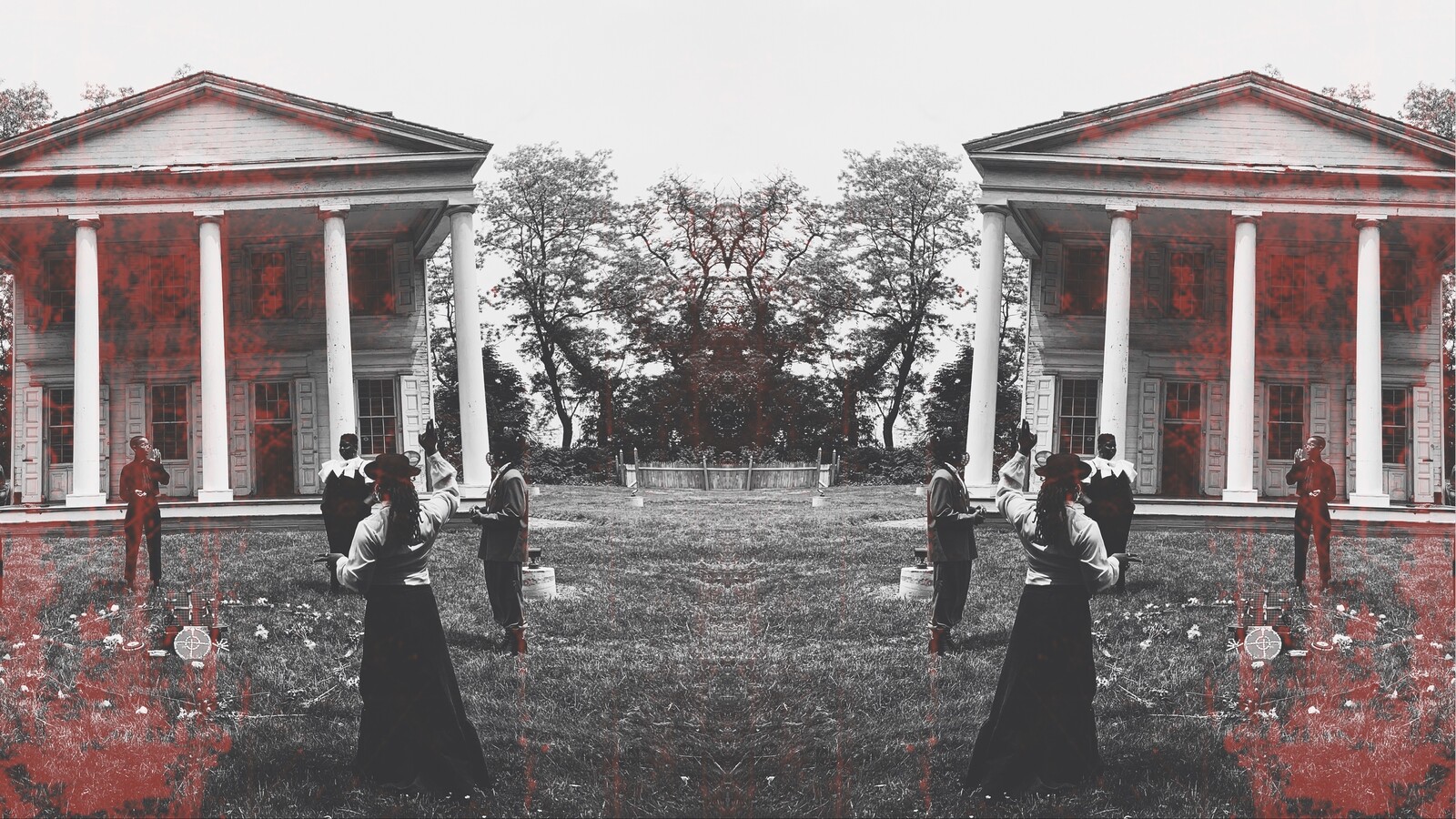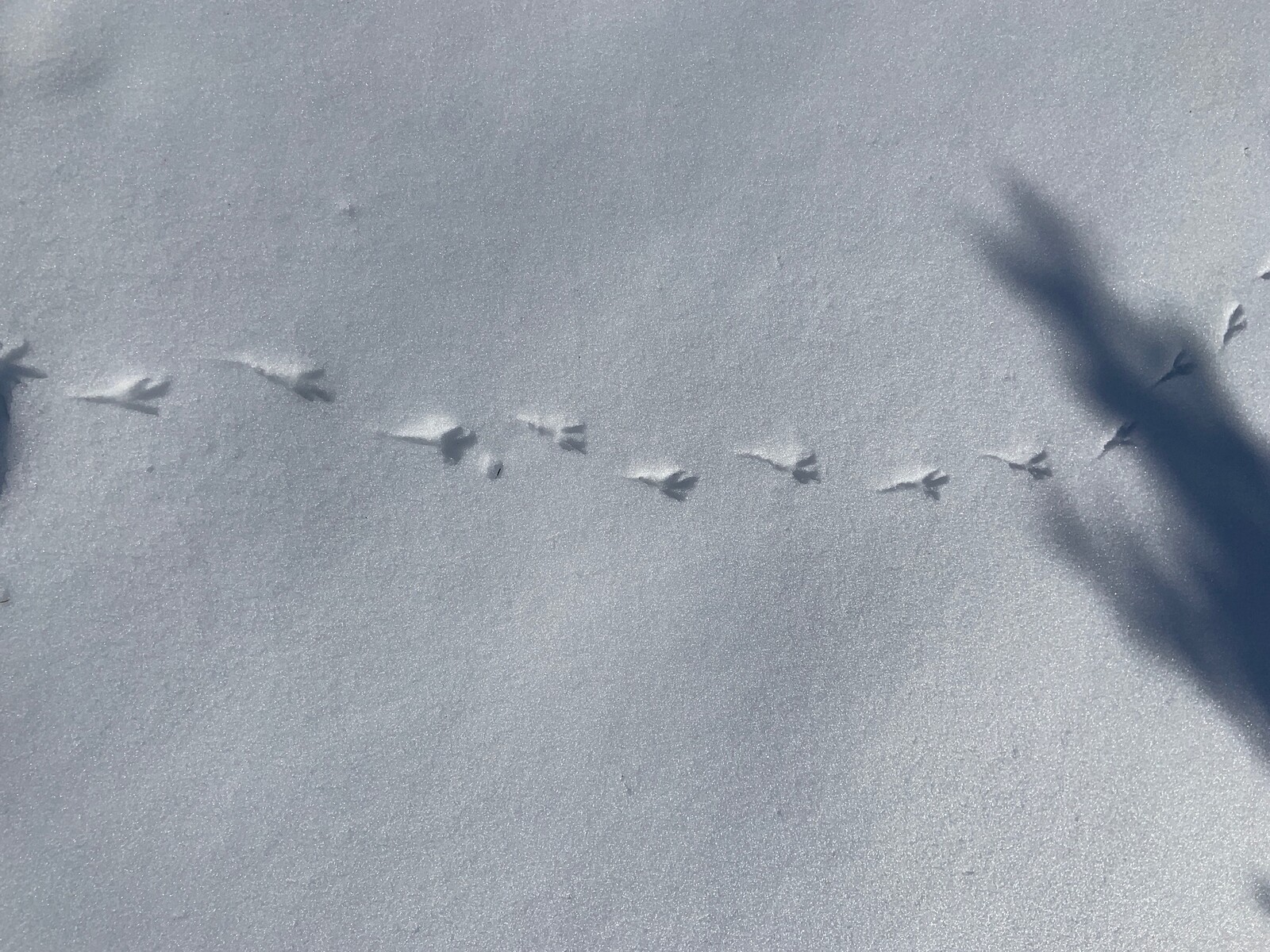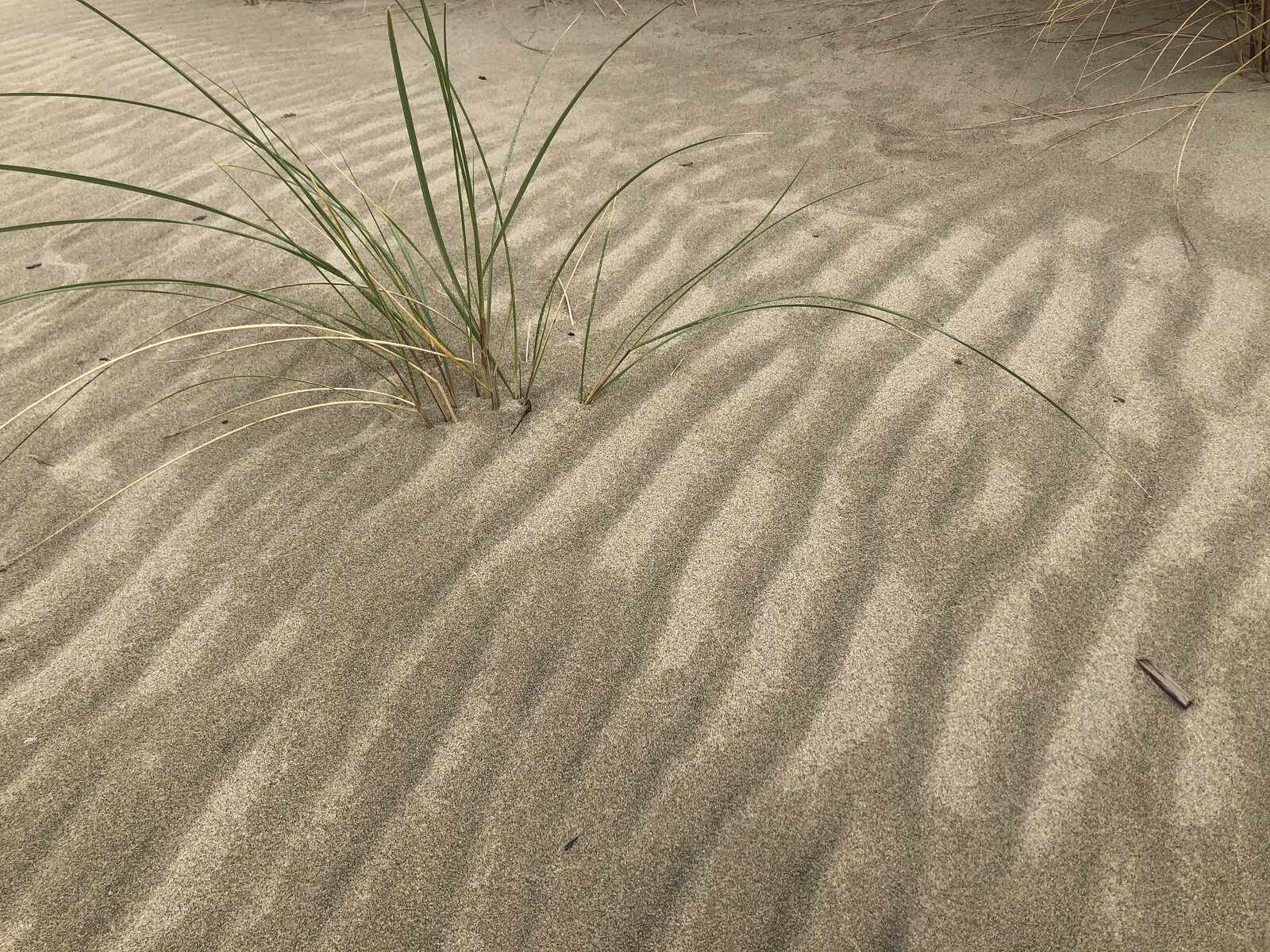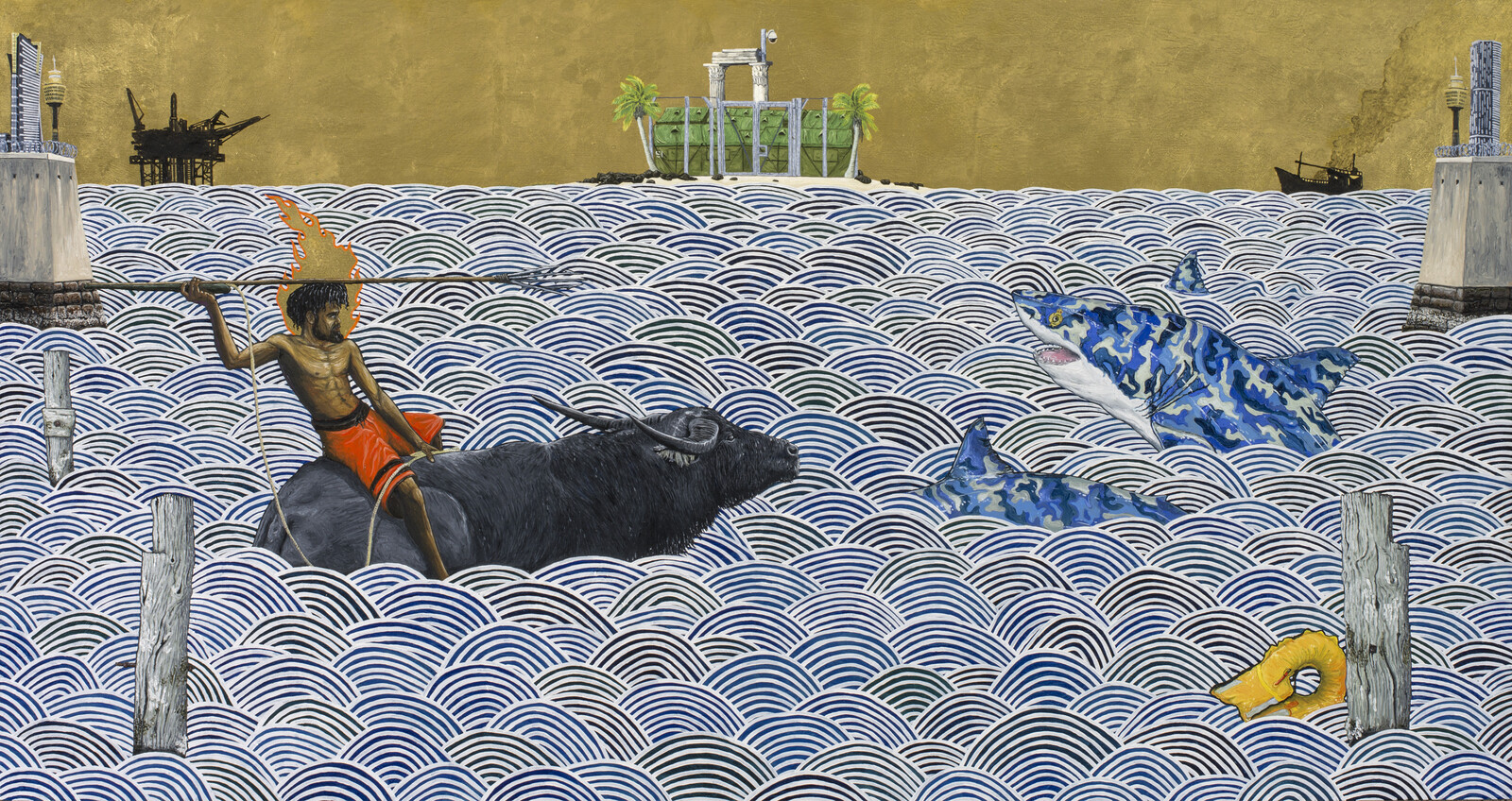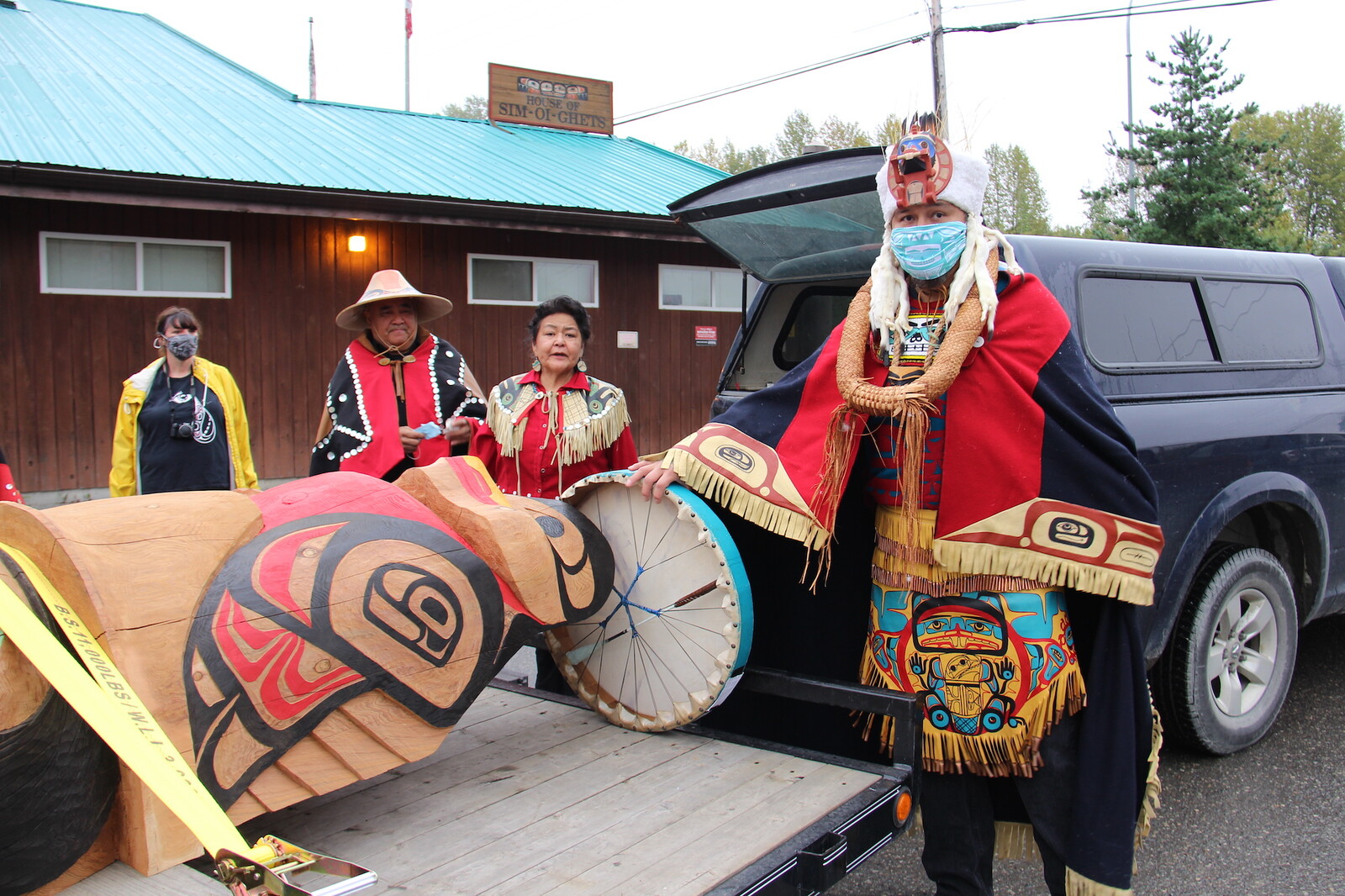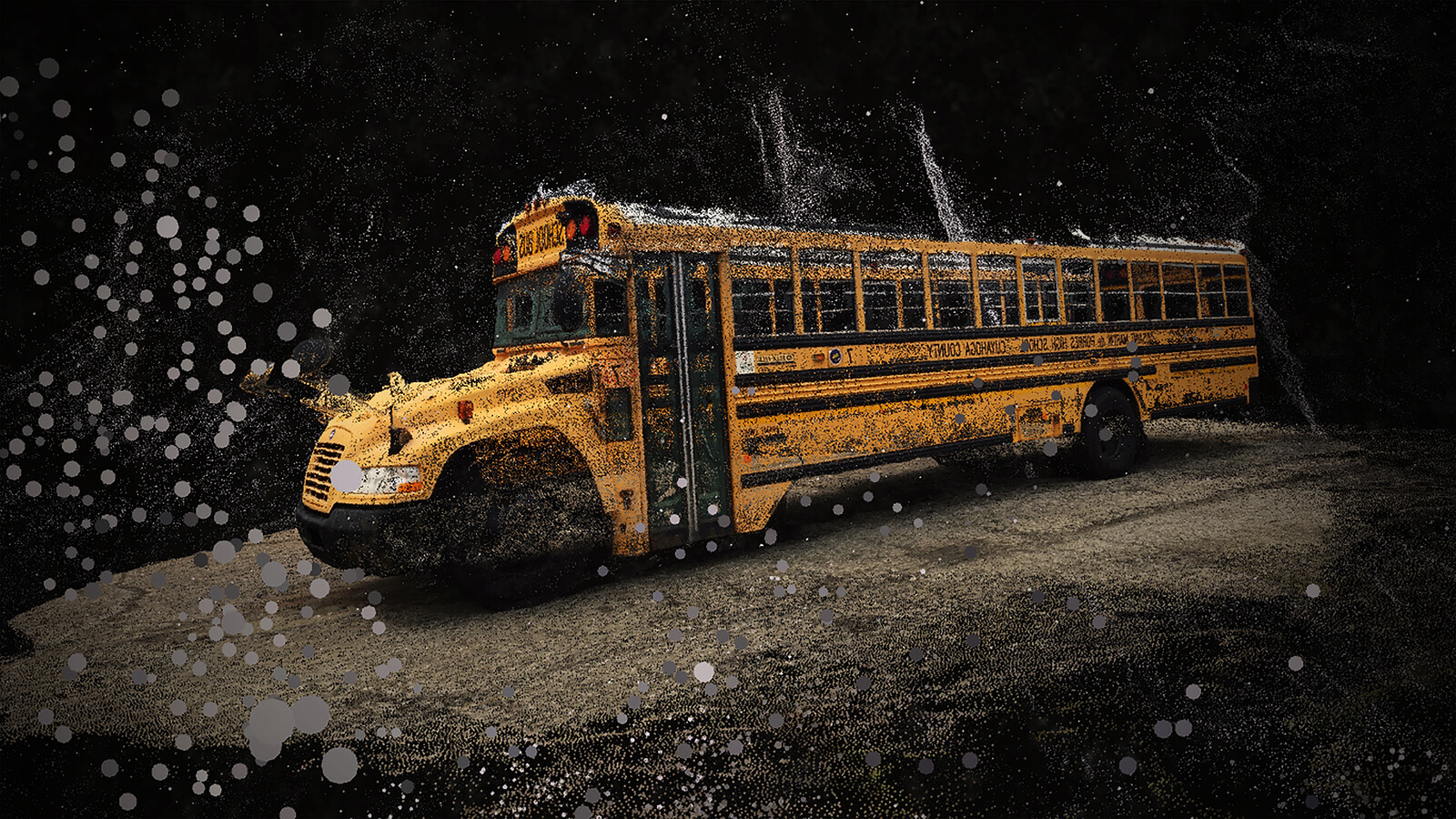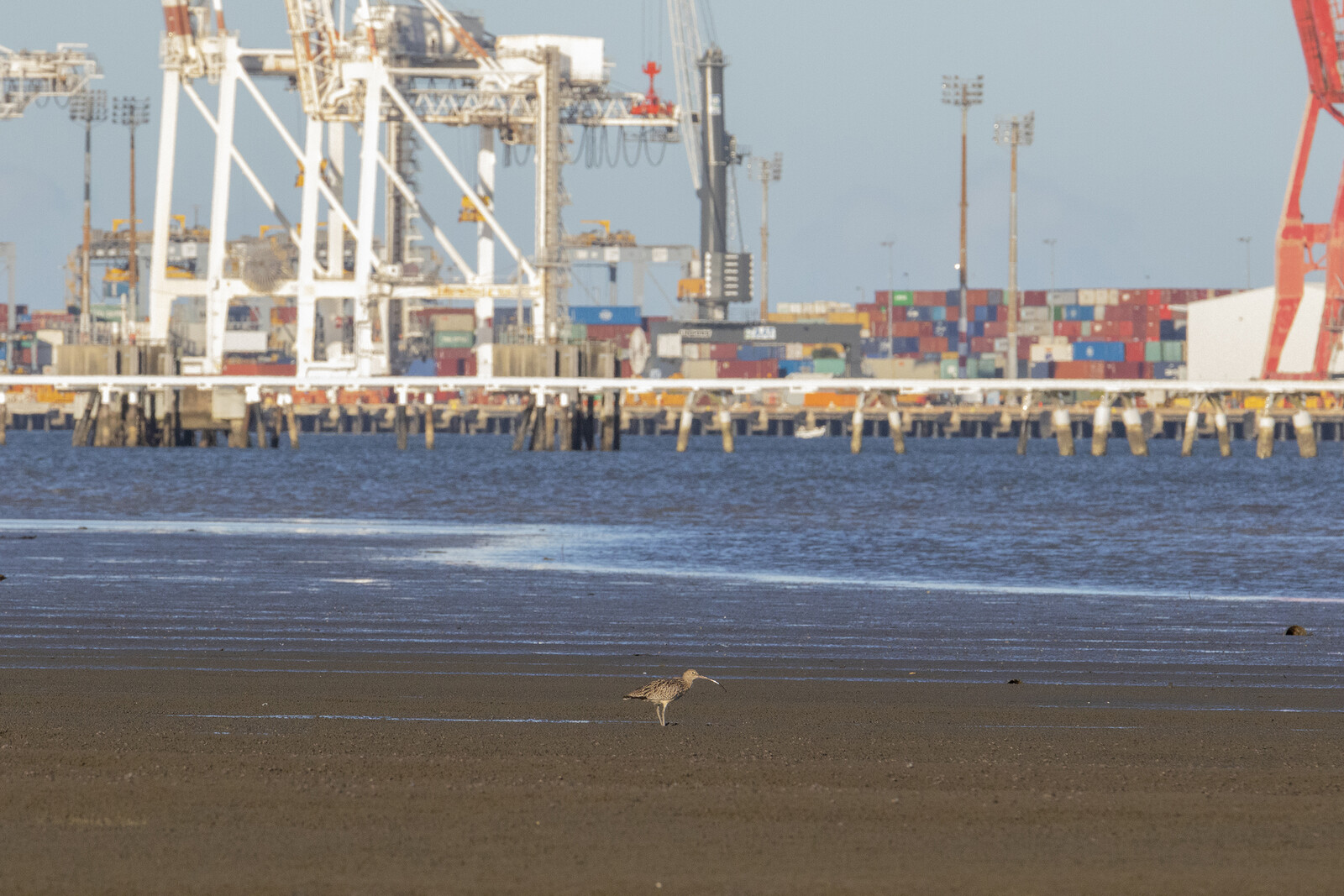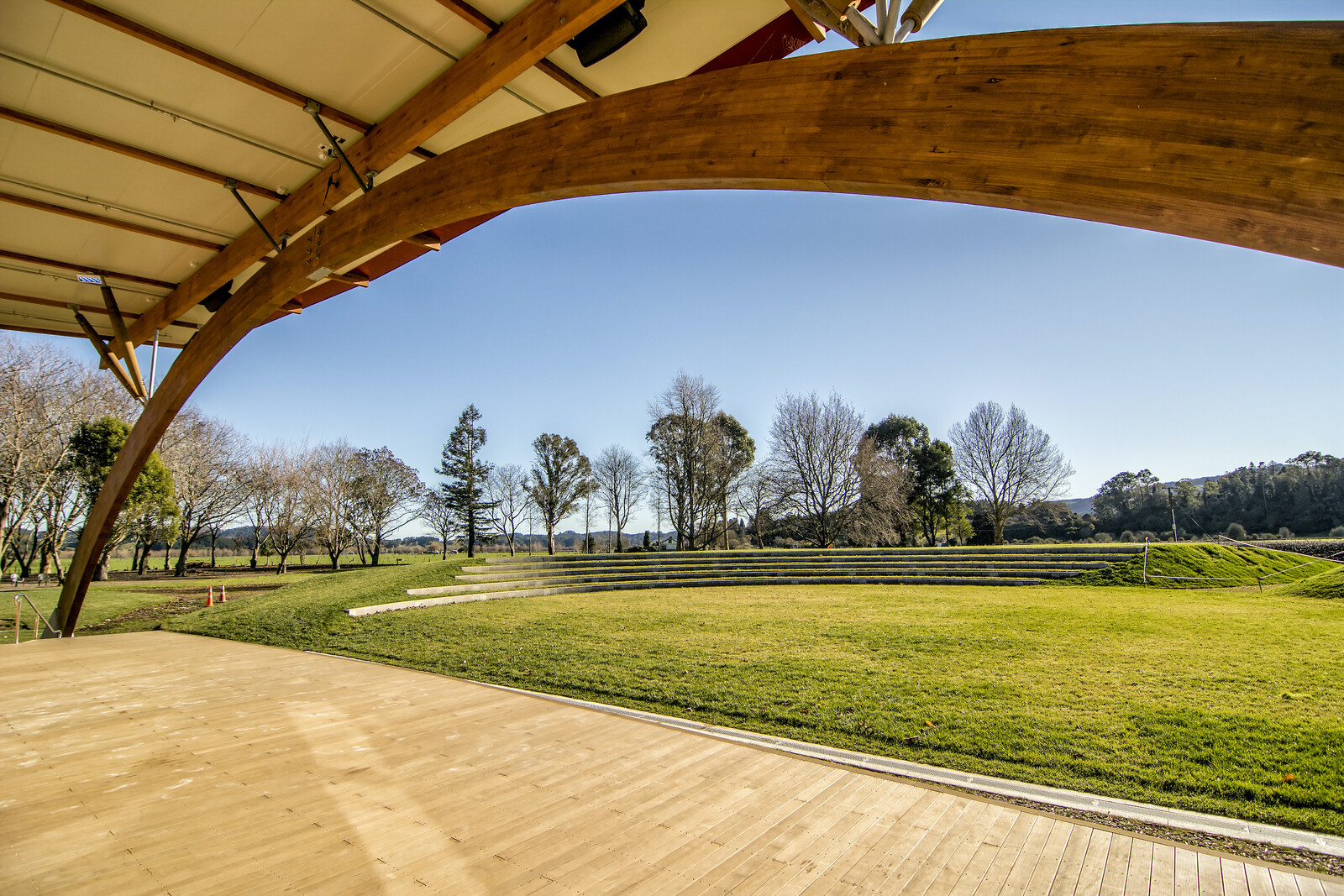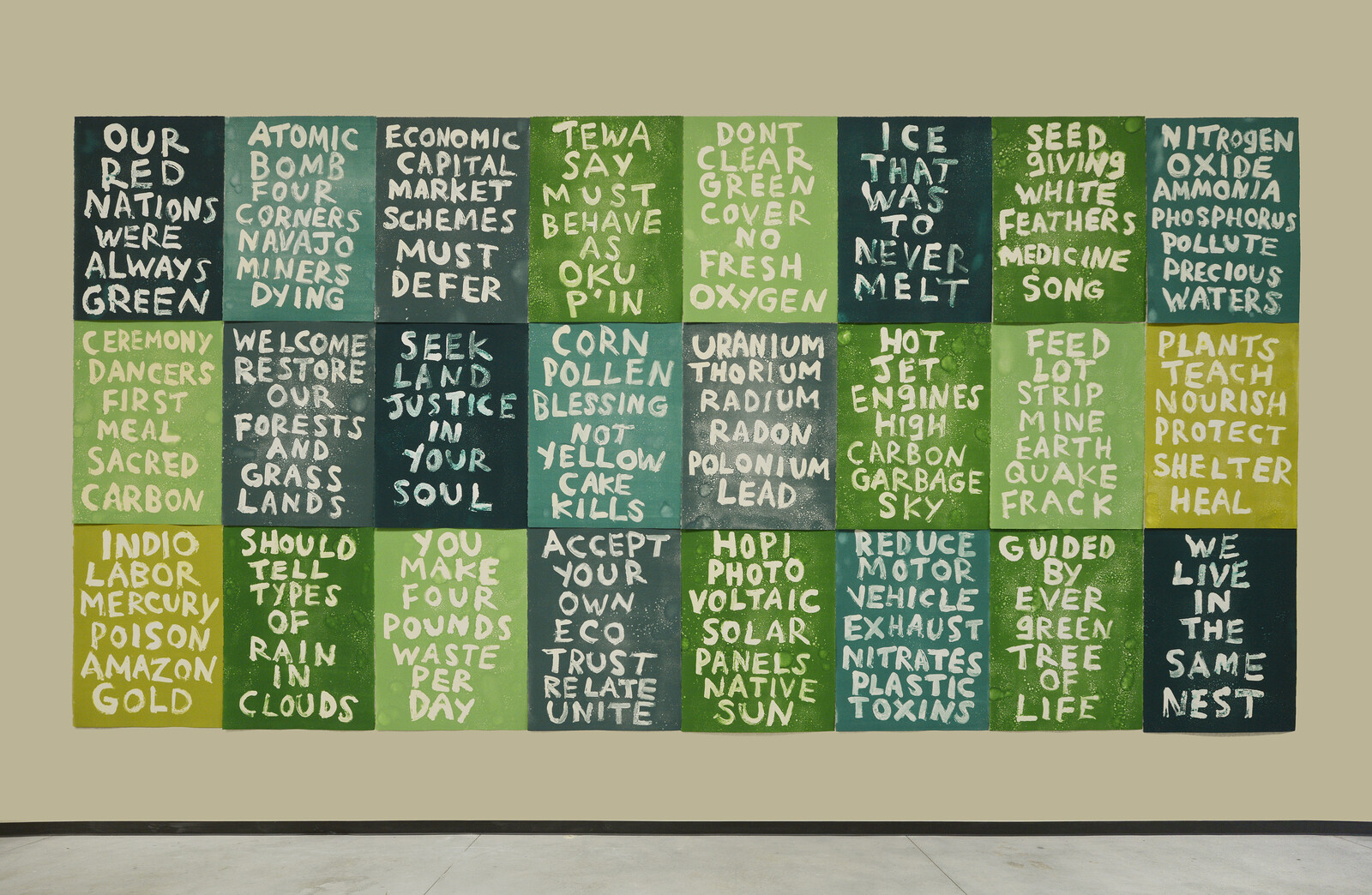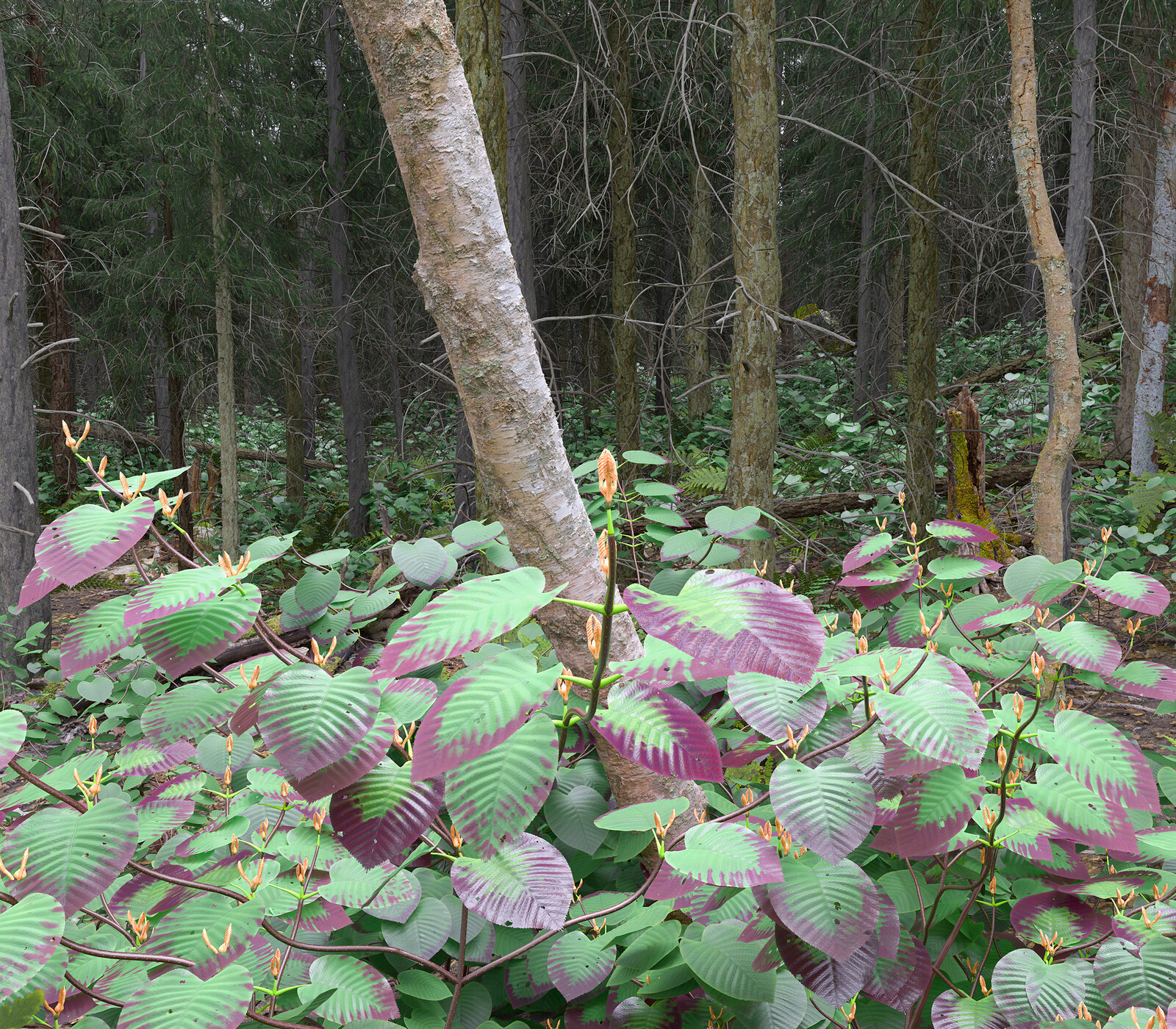As mostly solitary animals, octopuses tend to avoid humans. They spend their time in the depths of the sea in places we cannot easily visit. They are hard to spot, as their reflectors, skin textures, postures, and pigment organs enable camouflage and clever disguise. The difficulties of underwater communication for humans further makes it hard to have conversations with these eight-limbed, soft-bodied Cephalopods. Perhaps it is precisely because of the distances we cannot overcome that humans are so fascinated by octopuses (octopi, octopodes). As mythical and alien creatures, they appear in ancient stories of sea-farers and Greek mythology. They also appear as legendary sea monsters like the Norwegian Kraken. And it is said that the indigenous Hawaiian Kumulipo (creation story) describes the octopus as the sole survivor of an earlier world.1
Octopuses themselves have contributed to the making of these stories. Nowadays, by showing us how to use tools underwater, solving mazes, and opening jars, they have fundamentally turned the story in which one needs a central brain (in the mammalian sense) to have a “sophisticated inner life” upside down.2 Their “alienness” is now also further insinuated by scientists who claim that octopuses show a great genetic divergence from their ancestors through the sudden appearance of certain features on the evolutionary scene, such as their sophisticated nervous system, camera-like eyes, flexible bodies, and instantaneous camouflage.3 While most octopuses can live out their sophisticated lives in free-roaming oceans full of the challenges and adventures in which they have evolved to succeed, others spend their days in research lab tanks. In these tanks, they resort to pulling stuff into the water for examination, stealing lab equipment, yanking up drain plugs, escaping through the smallest openings, refusing to carry out tasks in experiments, ripping out wires, and refusing to eat low-quality food.4 Despite researchers’ intentions to learn about their intelligence, octopuses seem to have other things to say.
It is precisely this divergence in responding to each other that characterizes most human relationships with other animals on this planet. Humans have installed an impressive array of technologies, laws, ideas, and structures that ensure human domination and facilitate the oppression of other animals. Barbed wired fences exist to keep cattle in place. Animal-ownership legislation helps humans speak for their pets. Genetic manipulation in agriculture enables the production of docile breeds. Controlled breeding and artificial insemination provides humans with the power to decide the conditions under which other animals reproduce, while leashes, halters, bridles, whips, and cages restrict their movements. Our societies are largely shaped by activities that structurally silence other animals. But silenced creatures rarely remain quiet.
Tentacular Thinking
Critical responses to the ways we treat other animals in our societies have identified different concepts for understanding the ecological crisis we now find ourselves in. Anthropocentrism, or regarding humankind as the most important or central element of existence, is deemed to be at the root of species extinction and our ecological crisis. The Anthropocene supposedly describes the epoch in which we currently find ourselves as a result of irreversible man-made ecological changes. And speciesism is the notion that has surfaced to detail the ideology that excludes other animals from our moral spheres. Such concepts, however, risk abstracting complex and manifold global phenomena into a singular dominant critique, and make it difficult to identify smaller and more diverse ecological relations that already exist alongside these concerns.
According to Donna Haraway, such grand narratives are a setup for disaster: their stories all end badly.5 They also inspire narratives that cannot help but establish humans as protagonists. The trap becomes even more evident in the stories of their antonyms. Just try to imagine attending a rally where humans oppose anthropocentrism:
What do we want?!
Non-anthropocentrism! Anti-speciesism! Post-humanism!
How do we want it?!
Well, that is hard to say. There is no way to determine at what point the “problem” of anthropocentrism or speciesism would be solved in the endgame or utopia we might try to imagine. Non-anthropocentrism, for example, proposes the lack of a human-centered ideology, and thereby mainly states what it is not. Non-speciesism similarly critiques the almost omnipresent oppression and exploitation of other animals, but what such a world might actually look like is difficult to imagine or agree upon. Moreover, besides the difficulty of proposing negations as “solutions,” desirable futures are not singular, but unfold as infinitely changing possibilities.
Such complex statements are hard to put on our banners as we take to the streets and demand change. Thus, while critique and protest are crucial to raise issues and express anger, they can also stifle our imagination and become too paralyzing to think with in coming up with alternative scenarios. Instead, as Haraway claims, we must tell the webbed, braided, tentacular stories of multispecies worlds that already exist precariously now, and those that we must bring into being.6 She reminds us that “tentacular” has its roots in the Latin tentaculum, which means “feeler,” and tentare, “to feel” and “to try.” “Tentacular thinking,” according to Haraway, involves a non-innocent, risky, committed, exploratory, entangled attempt at becoming involved in each other’s lives.7 It promotes an approach that involves both standing for something and remaining open-ended and can thereby continuously create new possibilities. But technically speaking, octopuses have six arms and two legs—not tentacles. Tentacles only have suckers at their ends, whereas an octopuses eight appendages have suckers across most of their length. Such a remark characteristically works towards bringing back a certain kind scientific classification to propose a sense of order in what is otherwise an attempt to introduce more imaginative—and less human-structured—ways of thinking with other species. But this detail can also help us understand Haraway’s “tentacular thinking,” in that suckers, and stories, are present throughout our thinking-with other beings, and not only at the end.
Tracing the Tell
Shaped by soft tissue, the supple octopus generally does not leave any bodily traces after dying. Octopus fossils are extremely rare. Further, their relatively short lifespan (0–5 years, depending on the species) makes it difficult to establish long-term bonds with these underwater creatures. Though they have been around for about 500 million years, their immortality—for us humans—largely derives from the stories we tell each other about their possible or made-up existence. Rather than a critique of human-octopus entanglements, however, such stories propose possibilities and perform interspecies relations otherwise.8 For humans do not merely fabricate stories about octopuses; octopuses themselves, their ways of being, their responses, and engagements with the world play an active role in creating such narratives. Many scholars have written about various capabilities of animals to express themselves and communicate. Philosopher Eva Meijer emphasizes that other animals have been speaking to us all along and thereby act politically, and ecologist David Abram writes:
For the largest part of our species’ existence, humans have negotiated relationships with every aspect of the sensuous surroundings, exchanging possibilities with every flapping form, with each textured surface and shivering entity that we happened to focus upon. All could speak, articulating in gesture and whistle and sigh a shifting web of meanings… And from all these relationships our collective sensibilities were nourished.9
A “tentacular” alternative to critiquing anthropocentrism or speciesism must recognize that humans are not the only ones to negotiate multispecies relations. Following various indigenous narrative traditions, geographer Amba J. Sepie states that the skill of “figuring-out-the-tell” with other animals is a concept for active and attentive listening that is more humbly focused on the other entity as a teller.10 The idea that animals “tell” us things recognizes the active participation of other living entities in shaping our lives together. Moreover, Meijer, Sepie, and Abram all emphasize that such “telling” hardly involves language in the human sense. Instead, it is more about acknowledging that animals, plants, and even landforms are expressive subjects that can be conversed with. They may speak in song (like birds) or rhythm (like oceans), or speak other languages of movements, eye-contact, and gestures. It is also by no means an attempt at narrating the so-called “animal perspective,” or claiming to tell stories from the viewpoint of another animal, with the risk to speak for rather than listen to them. “Listening-to-the-tell” is, instead, a form of recognizing that, with care-full practice, we can learn to respond to the multispecies worlds that are made in the spaces where all kinds of living beings overlap.
In order to configure more positive alternatives to anthropocentrism or speciesism—and without merely focusing on what they are against—we must foreground the diversity of “tellings” from other creatures and respond to the things that they may say. Such dialogues are able to invite other creatures into the process of thinking and writing differently.11 By allowing ourselves to be changed by the “tellings” of other beings, we can undergo transformative experiences in constant learning and creation with each other. We collectively compose worlds and takes risks by responding and avoiding withdrawal or distancing. Octopuses may already be specialists in such a transformative and tentacular responding. Their polymorphous bodies are ambiguous, changing, shifting color, leaving inky clouds of darkness, disguising as other entities, and squeezing through the smallest openings to survive-with other ocean creatures. Whatever scientists or documentary filmmakers might witness is but a glimpse into their life stories of entangled, sympoietic, collective world-making.12
Distant Intimacies
I have never actually met an octopus. Apart from once, in a zoo’s aquarium, where the worldly “tellings” of the octopus were perhaps structurally overshadowed by the stories of confinement. Yet, I am fascinated by their unknowable ways of being, their remoteness from humans, their distributed cognitive connections to the world around them through their eight “feelers,” and their underwater world-making practices. What humans often do, when we are fascinated with something, is to capture or colonize it. This is precisely how zoos arose in Europe as trophy collections of foreign raids. Further, as soon as humans realized that octopuses are relevant subjects for study, they were put in research lab tanks, stripped of their endlessly diverse ocean environment, and meticulously studied in isolation.13 However, there are other—perhaps more poetic—ways of dealing with fascinating entities. Instead of capturing, colonizing, or exploiting our interests, a less speciesist approach would be to develop distant intimacies. Such remote relations can open sites for multispecies learning that celebrate mystique, hidden dimensions, curiosities, and the inexhaustible otherness of other beings. The octopus nourishes our imagination, but never fulfils it.
Recently, the internet became fleetingly enamored with a video that showed a dreaming octopus. In the one-and-a-half-minute video, an octopus named Heidi settles down for a nap in the top corner of a water tank and starts shape-shifting through various patterns of camouflage, color change, and movements that suggests she is dreaming about hunting, leaving the bottom of the ocean floor, and hiding. In this water tank, Heidi is deprived of an ocean floor or hunting activities, yet in her sleep, the octopus’s skin is telling us the stories that are on her mind.
The more anthropocentric reflections on this video focus on how octopuses might be dreaming “in the same way that humans do.”14 Alternatively, science writers are careful to reduce these observations to something that “could be nothing more than the twitching of muscles that control her color-changing organs.”15 But there are less anthropocentric ways of thinking about it as well. The remote intimacies that the viewer can create with Heidi through this video are a source of fascination with her specific means of embodied storytelling. Her mystique, disguise, and enchantment are what draws us closer while keeping us at bay at the same time. She “tells” that we can never completely know her. Naturalist and author Sy Montgomery lyrically expresses this form of distant intimacy in her writings about the other-worldly mystique that took place when she met an octopus for the first time:
The heavy lid covering her tank separated our two worlds. One world was mine and yours, the reality of air and land, where we lumber through life governed by a backbone and constrained by jointed limbs and gravity. The other world was hers, the reality of a nearly gelatinous being breathing water and moving weightlessly through it.16
In many occasions, the worlds of humans and other animals are shared, and they overlap. But when they do not—at least, not in a directly perceivable sense—intimacies still travel through them. Such stories tell us that perhaps we do not need to meet, study, or engage with octopuses in water tanks, but that a more “tentacular thinking” can emerge by crafting distant intimacies. The octopus keeps us at bay while roaming underwater, and tells much more diverse stories when we are not there.
Tuning In
Alternatives to anthropocentrism and speciesism are neither singular nor negating. Instead, they are multiple and present. We could think of different possible words for guidance: tentacular thinking, multispecies worlds, entanglements, open-endedness, and distant intimacies. What these concepts all have in common is that they foreground our ability to respond to what other creatures are already telling us. Over the last years I have collected such stories and responses as a search towards more helpful alternatives to the ecological challenges we face. Articulated as a “Multispecies Bestiary,” this repertoire contains—among other things—the tales of a colony of black ants with whom I share my home, a series of playful design experiments with domestic dogs and Magellanic penguins, and the stories of the Pacific Pocket mouse, the Churro sheep, forests, worms, and virtual monsters.17 Such “tellings” are everywhere. And such stories are more inspiring than critique when it comes to imagining more desirable alternatives for living together with other living beings on this planet.
Besides exemplifying animal “tellings” in utopian or otherwise idealized circumstances, the continuous tension between scientific facts, anecdotes from octopuses in captivity, and arguments towards less anthropocentric “tentacular” thinking with other species in this text is a demonstration of the non-innocent attempts at responding to other animals while negotiating our troubled everyday spaces. The octopus is actively involved in creating the stories that emerge. She largely determines how these stories unfold. She is not passive, but a world-maker. There is a need to acknowledge not only the responses crafted between different species when their worlds overlap, but especially also to pay attention to the intimacies emerging from situations that remain problematic or eerily alien to us. Through the immortality of their stories, the octopus tells us that relations with other creatures do not require a physical presence or encounter. Tentacular entanglements can be formed at a distance, and they do not need to reach a final conclusion. Multispecies worlds are not only enacted in mutual understandings between species, but also arise from curiosities towards inexhaustible differences. At a time when our lives are largely spent at home, the octopus still flirts with us, draws us in, and reminds us to feel, to entangle ourselves, and to respond to each other.
Roland Burrage Dixon, The Mythology of All Races: Oceanic, vol. IX (Boston: Marshall Jones, 1916), 15.
Katherine Harmon Courage, “How the Freaky Octopus Can Help Us Understand the Human Brain,” Wired, October 1, 2013, ➝.
Edward J. Steele et al., “Cause of Cambrian Explosion—Terrestrial or Cosmic?” Progress in Biophysics and Molecular Biology 136 (August 2018): 3–23.
Courage, “How the Freaky Octopus Can Help Us.”
Donna Haraway, Staying with the Trouble: Making Kin in the Chthulucene (Durham: Duke University Press, 2016).
Ibid., 50.
Ibid., 71.
The abundance of octopus stories are not only found in ancient Greek myths, seafarer tales, and indigenous creation stories, but also pornographic imagery, contemporary fiction, children’s stories, scientific texts, and documentaries.
David Abram, Becoming Animal: An Earthly Cosmology (New York: Vintage Books, 2010), ix.
Amba J. Sepie, “More than Stories, More than Myths: Animal/Human/Nature(s) in Traditional Ecological Worldviews,” Humanities 6, no. 78 (2017): 1–31. See also Deborah Bird Rose, “Val Plumwood’s Philosophical Animism: Attentive Interactions in the Sentient World,” Environmental Humanities 3, no. 1 (2013): 93–109.
Eva Meijer, When Animals Speak: Toward an Interspecies Democracy (New York: New York University Press, 2019), 239.
For more on animals as world-makers, see Anna Tsing, The Mushroom at the End of the World: On the Possibility of Life in Capitalist Ruins (Princeton: Princeton University Press, 2015), 22.
The work of philosopher Vinciane Despret, specifically her 2016 book What Would Animals Say If We Asked the Right Questions, illustrates many scientific stories in which various animals have changed the course of traditional scientific procedures. Despret’s work thereby shows that inherent differences between living beings of any kind do not hold still as facts, but that we can continuously challenge them. She writes, “Beyond these reversals, these stories fall within a very similar regime: one that characterizes situations in which beings learn either to ask that what matters to them be taken into account or to respond to such a demand. And that they learn to do so with another species.” Vinciane Despret, What Would Animals Say If We Asked the Right Questions, trans. Brett Buchanan (Minneapolis: University of Minnesota Press, 2016), 20. Such stories, in the sciences, are often accused of anthropomorphism, in the sense that our interpretations risks humanizing other animals’ behaviours and intentions and thereby fail to account for the animal’s actual life worlds. However, the paradox that Bruno Latour lays out in the foreword of this book is the idea that anthropomorphism can be avoided through strictly controlled scientific methods: “only by creating the highly artificial conditions of laboratory experimentation will you be able to detect what animals are really up to when freed from any artificial imposition of human values and beliefs onto them. From then on, only one set of disciplined accounts of what animals do in those settings will count as real science. All other accounts will be qualified as ‘stories.’” Bruno Latour, “Foreword: The Scientific Fables of an Empirical La Fontaine,” in Despret, What Would Animals Say, viii. This, according to Despret, leads more to a kind of academocentrism, where the naturally occurring situations are considered a source of artificial fictions.
Stephen Johnson, “Watch: Octopus changes colors while (possibly) dreaming,” Big Think, September 27, 2019, ➝.
Elizabeth Preston, “Was Heidi the Octopus Really Dreaming?” New York Times, October 8, 2019, ➝.
Sy Montgomery, “Deep Intellect,” Orion Magazine, October 2011, ➝.
See Michelle Westerlaken, “Imagining Multispecies Worlds” (PhD diss., Malmö University, 2020), ➝.
Survivance is a collaboration between the Solomon R. Guggenheim Museum and e-flux Architecture.
